SONATA by Aaron Schuman
アメリカ人フォトグラファー、アーロン・シューマン(Aaron Schuman)の作品集。
「レモンの木が咲き乱れ、オレンジが暗い木陰の薄がりで金のように輝く地を、知っているか...」ーヨハン・ウォルフガング・フォン・ゲーテ(Johann Wolfgang von Goethe),1796年
本書は、作者が過去4年間にわたりイタリアで撮影した膨大な写真を収録した一冊。これらは、客観的に現実をとらえて伝えようとするよりもむしろ、この国にまつわる多くのアイデアや魅力、空想、この地を何世紀にも渡って訪れた無数の旅人たちの想像の中で表現された物事、というフィルターを意識的に通して出来上がったイメージである。ドイツの詩人ゲーテによる「イタリア紀行(Italienische Reise)」からインスピレーションを得た作者は、ゲーテが「感覚的印象」と表現したものを追求、研究し、イタリアの旅路でゲーテが自身に自問した多くの内省的な問いを繰り返し問い続けた。例えば、「自分の観察力を試す中で、人生に対する新たな関心を見出した...はっきりとした、新鮮な眼差しで、私は物事を見ることができるだろうか?一瞥しただけで、どれくらいのことがわかるだろうか?古びた精神的な習慣が生む溝を、取り除くことができるだろうか?」というようなものである。
その繰り返しの自問の結果生まれたイメージは、好奇心に溢れ、訝しげでもあり、うっとりするほどの空気感を纏い、目に入るものの細部や偶然、謎に対する外国を旅する者の感受性を感じ取ることができる。古代の彫像や博物館の壁を横切る亀裂、何千年もの時をかけ人々に踏みしめられ形作られた小道、至る所で遭遇する聖人や神の鋭い目と迫力、塵、骨、日差し、幸運を懸けた小銭の集積。作者は古典的なソナタ形式(序奏、展開、反復で構成される3楽章)を手掛かりとし、実在するそれと同様に、心の中にあるイタリアへの旅へと見る者を誘う。イタリアは、その文化と歴史が遺産として遺した幸福と恐怖、調和と不協和音にひたされながら、常に新しく、活気に溢れ、感覚的・心理的な示唆に富む。
‘Do you know the land where lemons trees bloom, Where oranges glow like gold in a dark leafy gloom…’ Johann Wolfgang von Goethe, 1796
SONATA is an extensive body of photographic work made by Aaron Schuman in Italy over the past four years. Rather than attempting to capture and convey an objective reality, these images are consciously filtered through the many ideas, fascinations, and fantasies associated with the country and what it has represented in the imaginations of those countless travellers who have visited it over the course of centuries. Drawing inspiration from Johann Wolfgang von Goethe’s Italian Journey (1786–1788), Schuman pursues and studies what Goethe described as ‘sense-impressions’, reiterating many of the introspective questions that Goethe asked himself during his own travels through Italy: ‘In putting my powers of observation to the test, I have found a new interest in life…Can I learn to look at things with clear, fresh eyes? How much can I take in at a single glance? Can the grooves of old mental habits be effaced?’ The resulting images are curious, quizzical, and entrancingly atmospheric, conveying a foreigner’s sensitivity to details, quirks, and mysteries: cracks that spider across ancient statues and museum walls, paths that have been shaped and trodden over millennia, the piercing eyes and looming presence of saints and gods all around, accumulations of dust, bones, sunlight, and lucky pennies. Using the classical sonata form – three movements moving through exposition, development, and recapitulation — as a guide, Schuman invites us to explore an Italy as much of the mind as of the world: one soaked in the euphoria and terror, harmony and dissonance of its cultural and historical legacies, and yet constantly new, invigorating, and resonant in its sensorial and psychological suggestions.
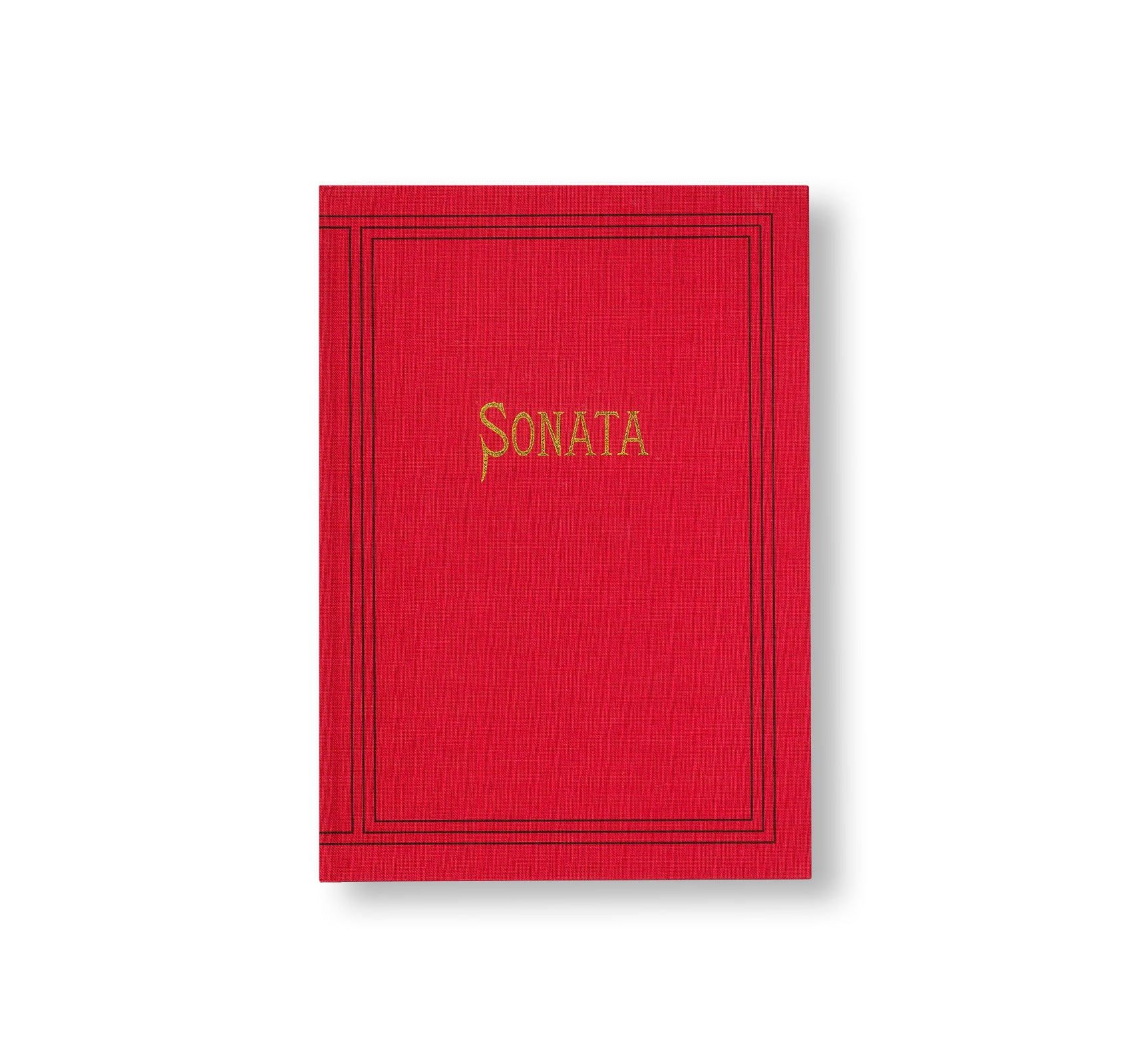

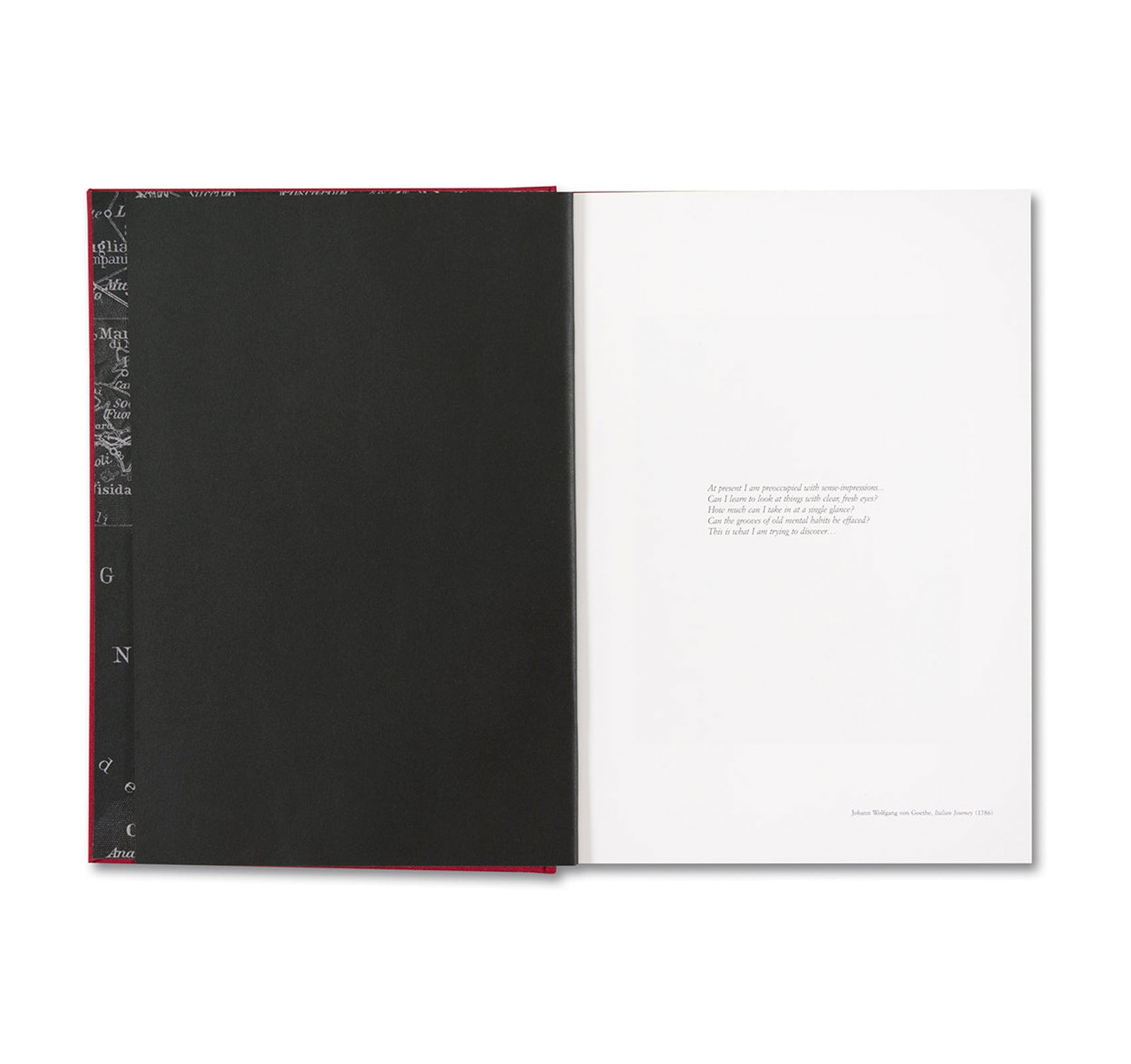
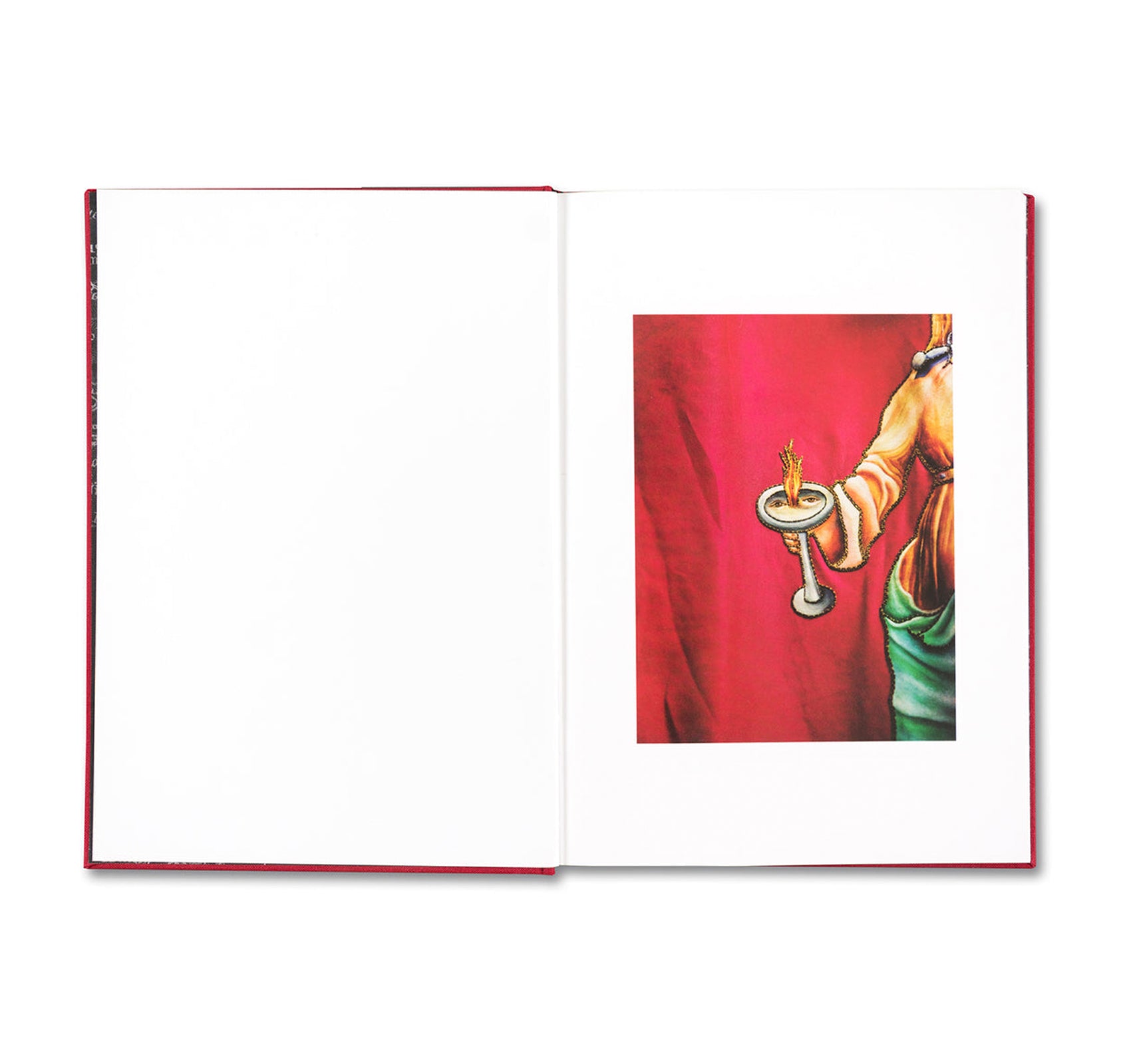
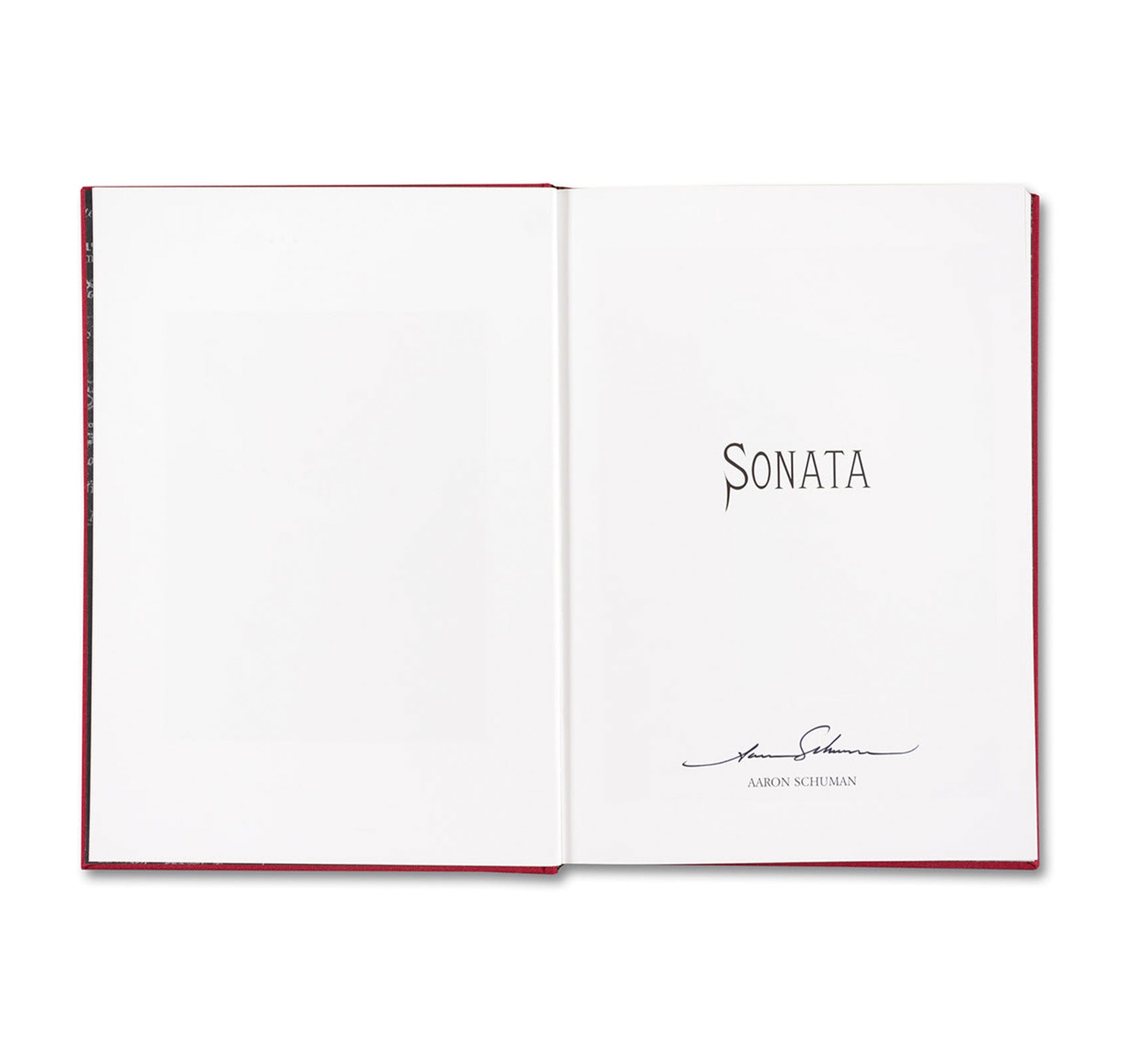
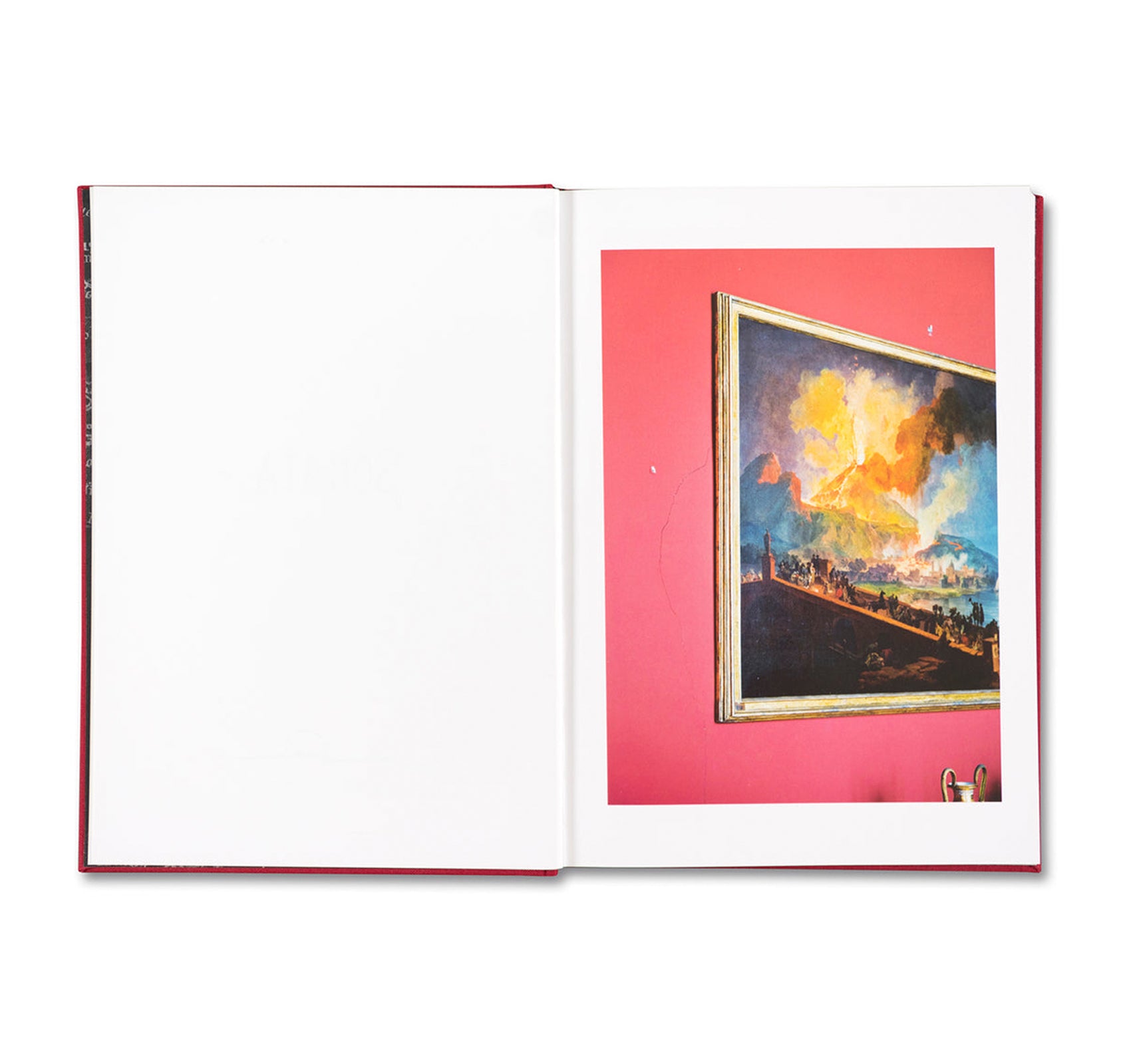
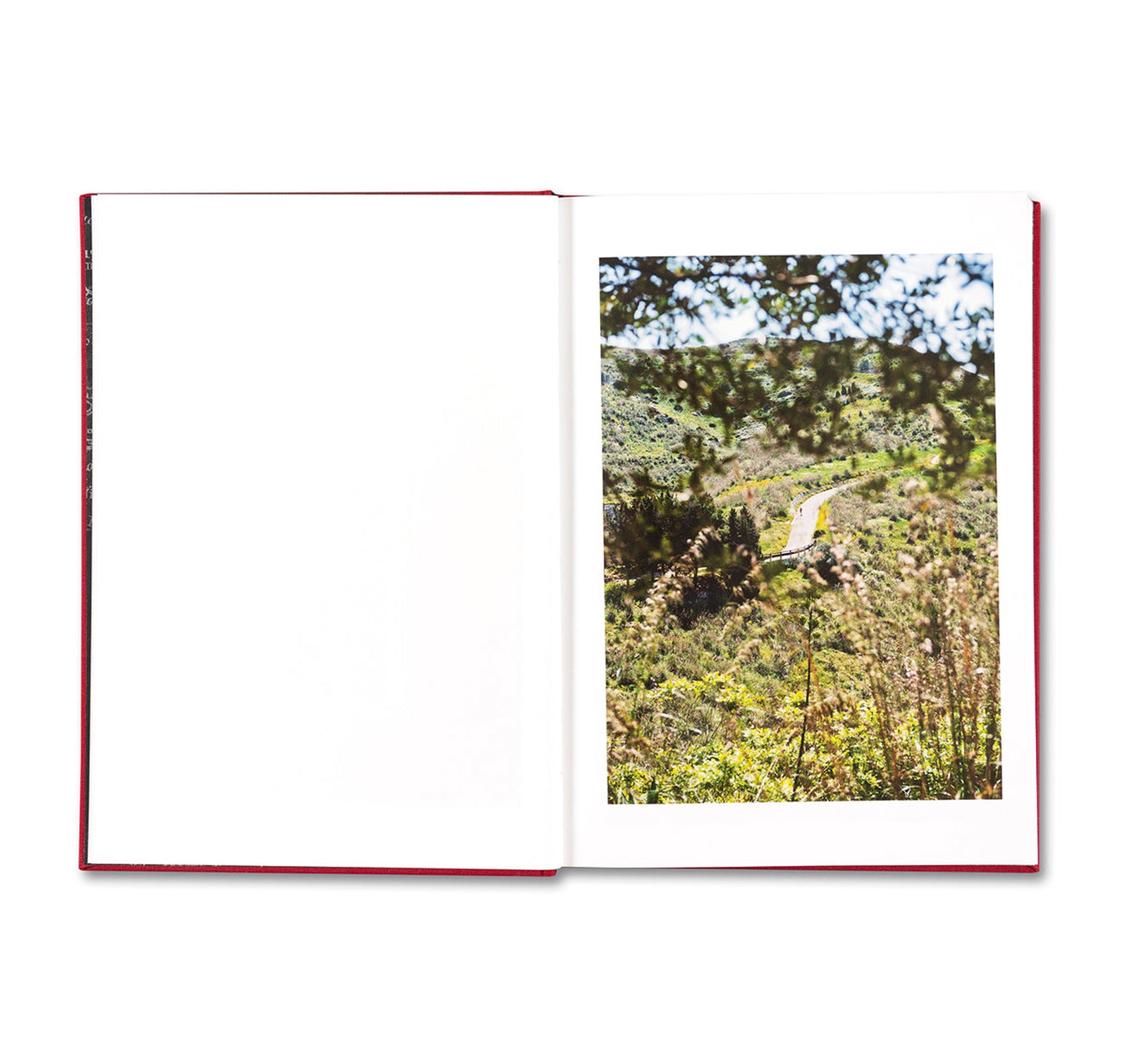
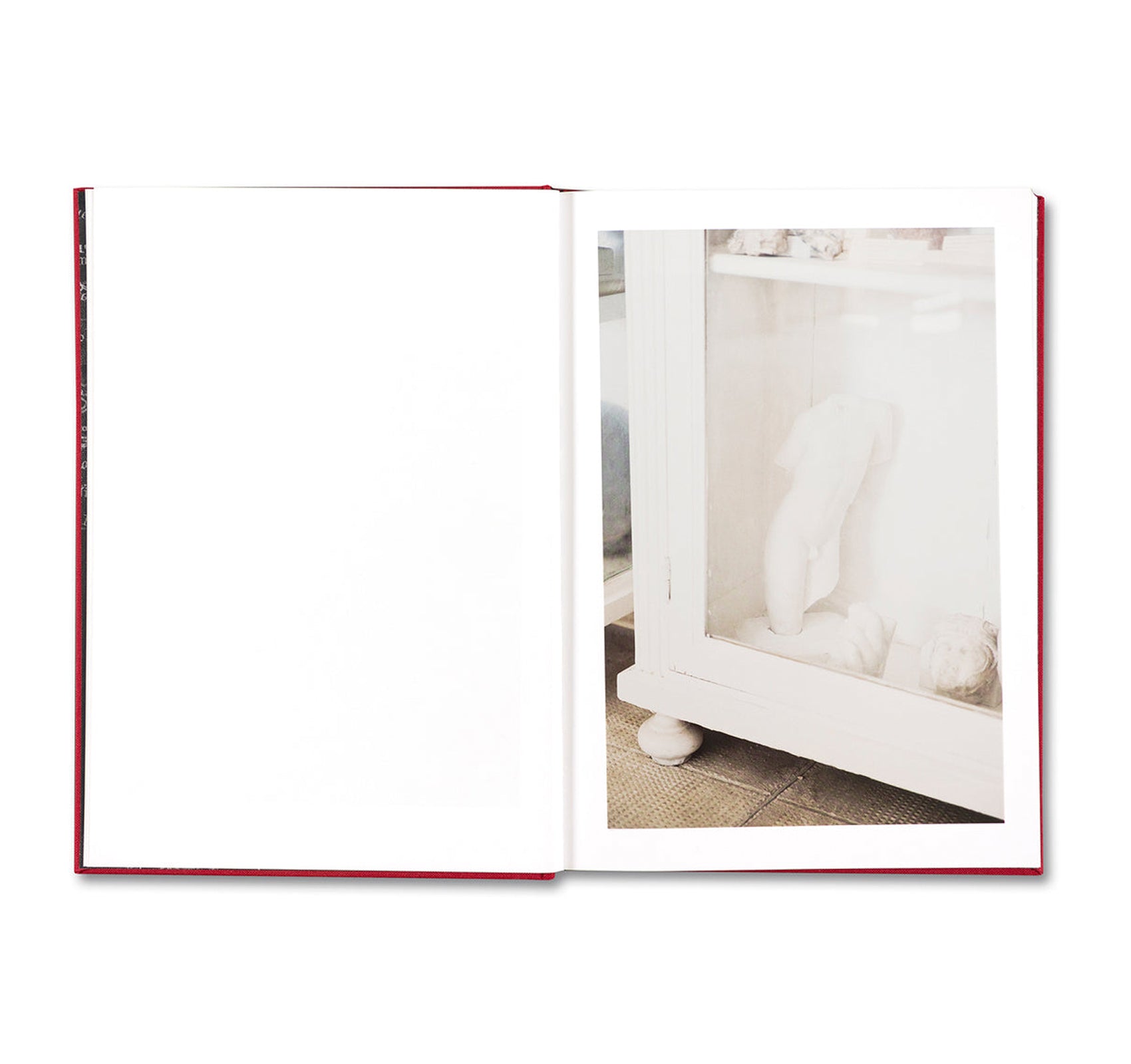
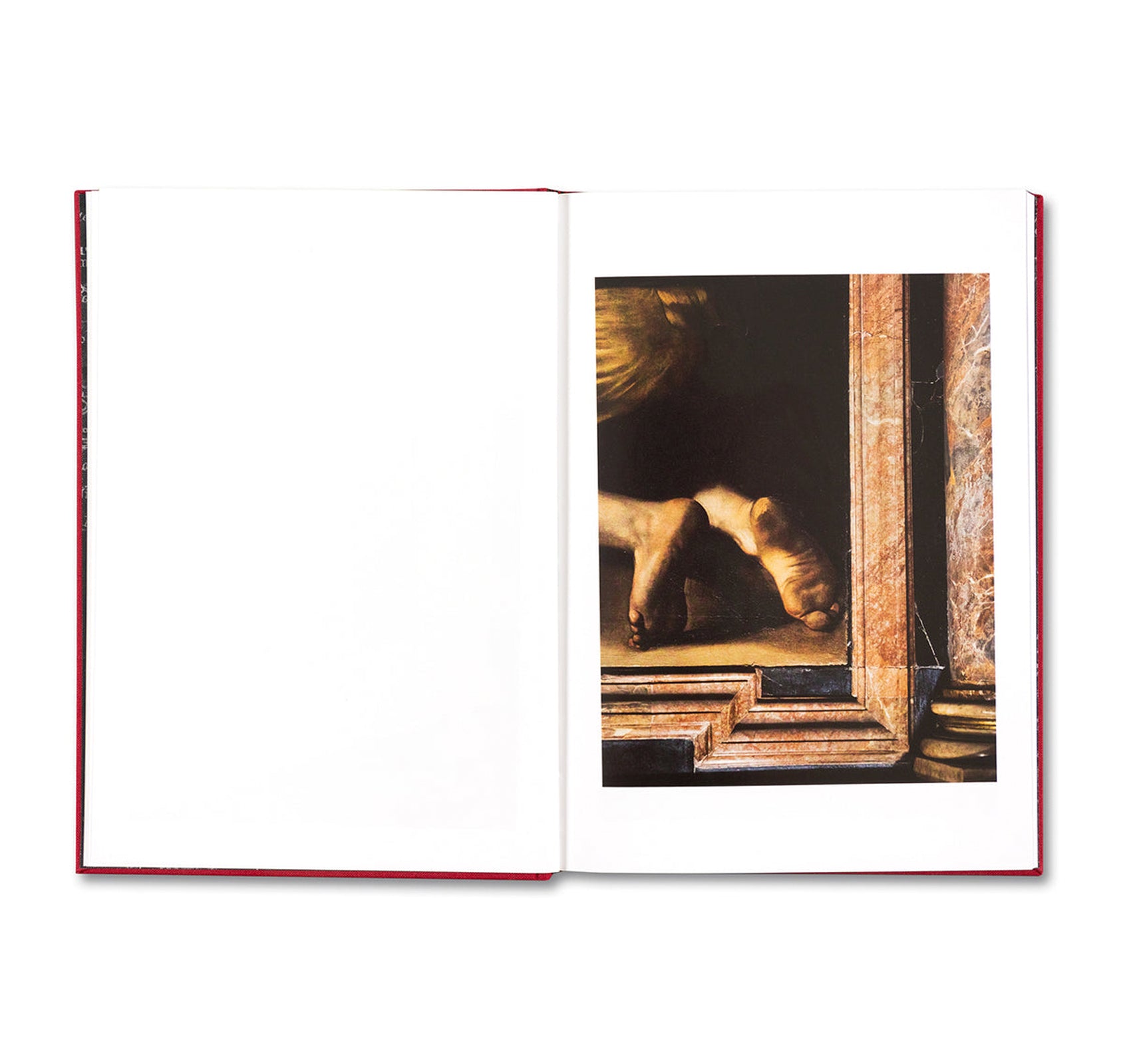
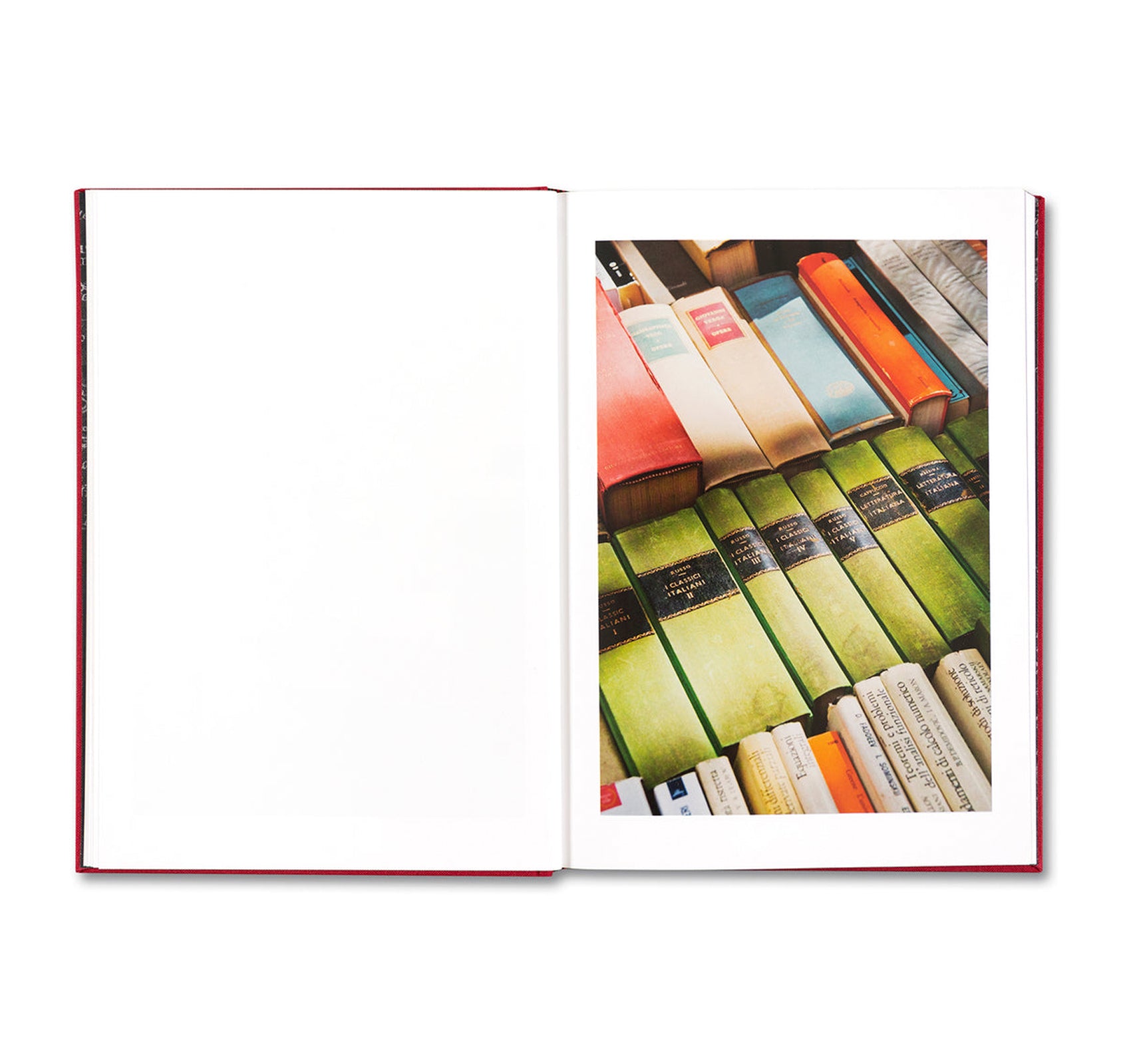
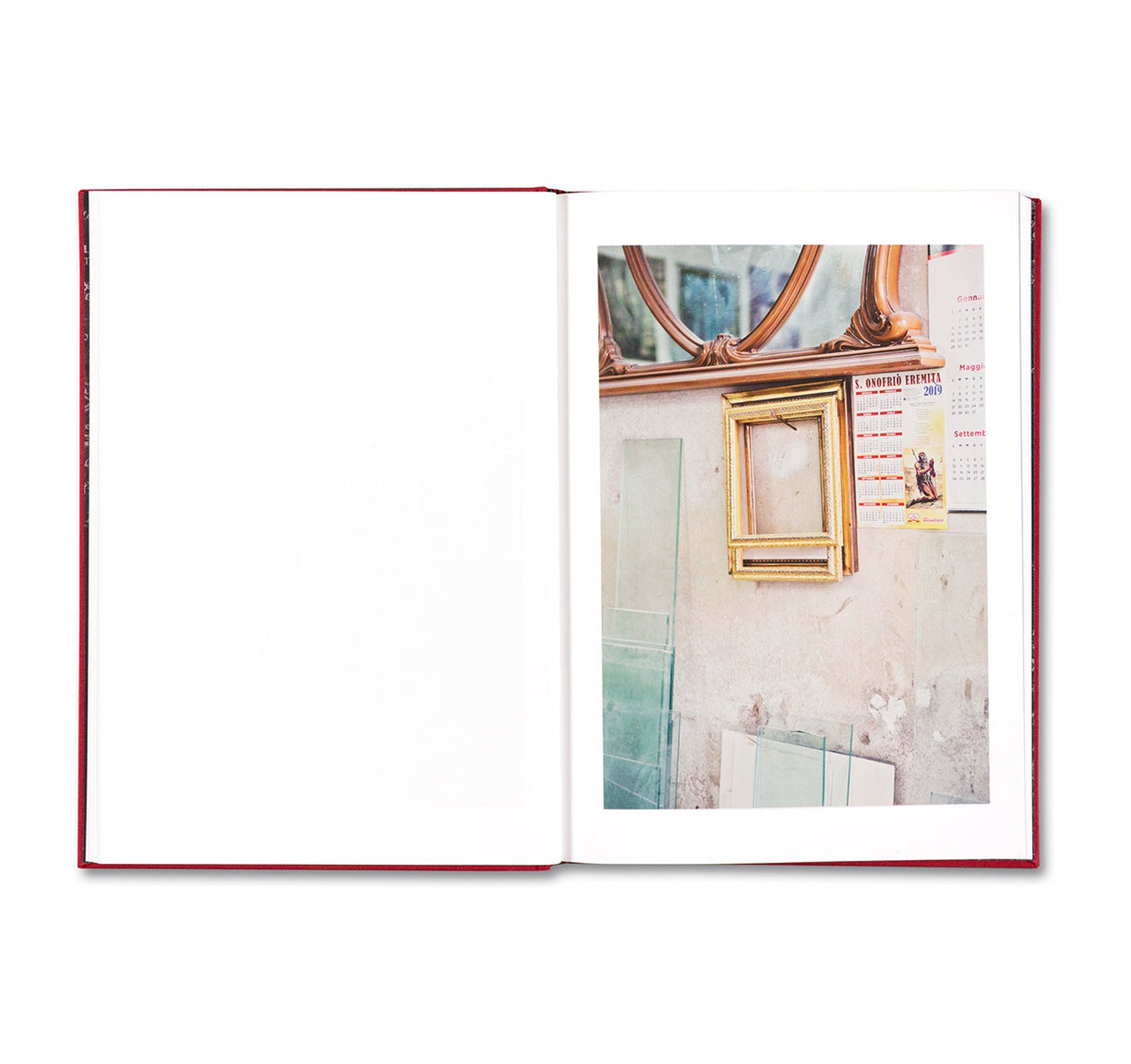
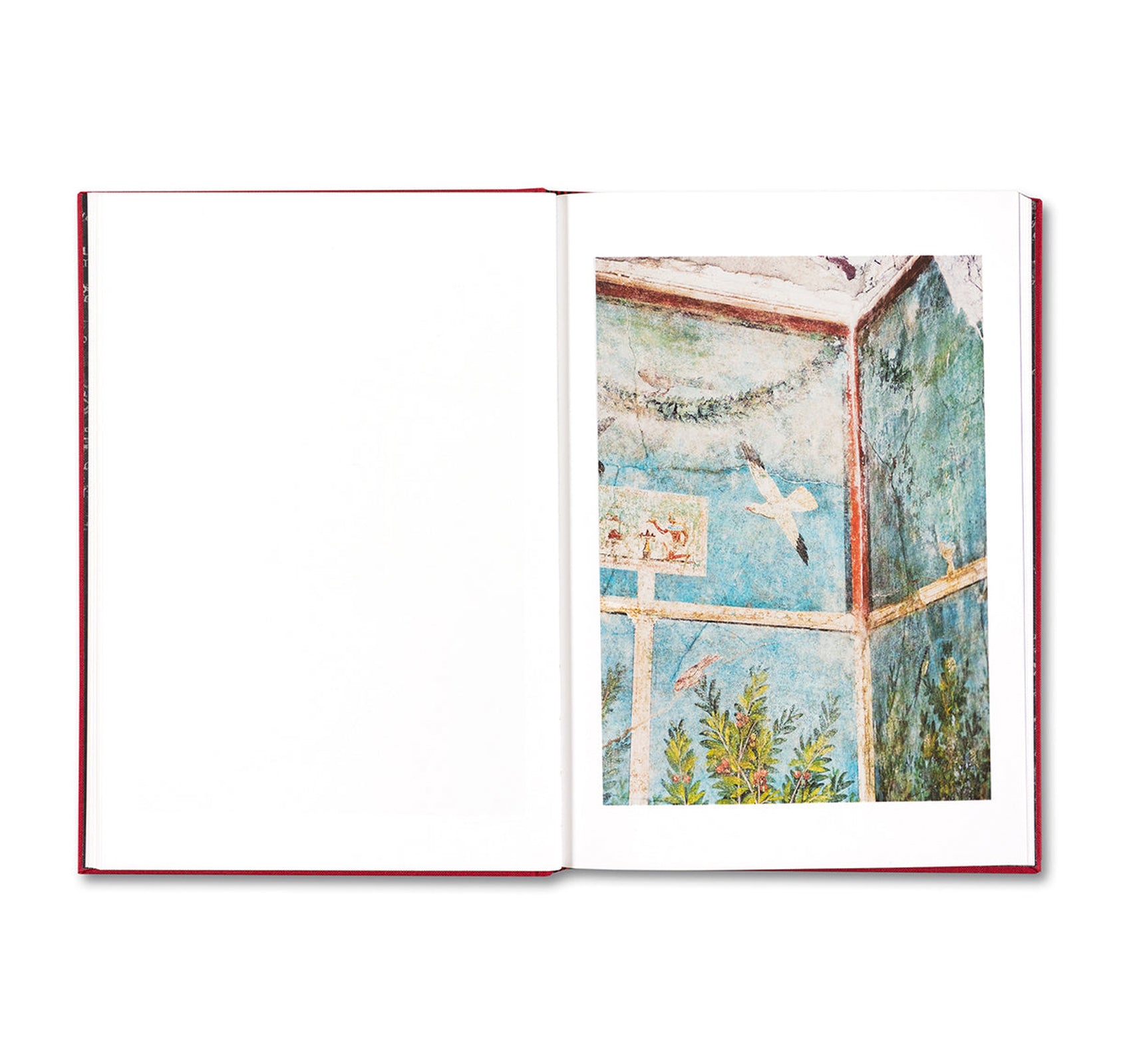
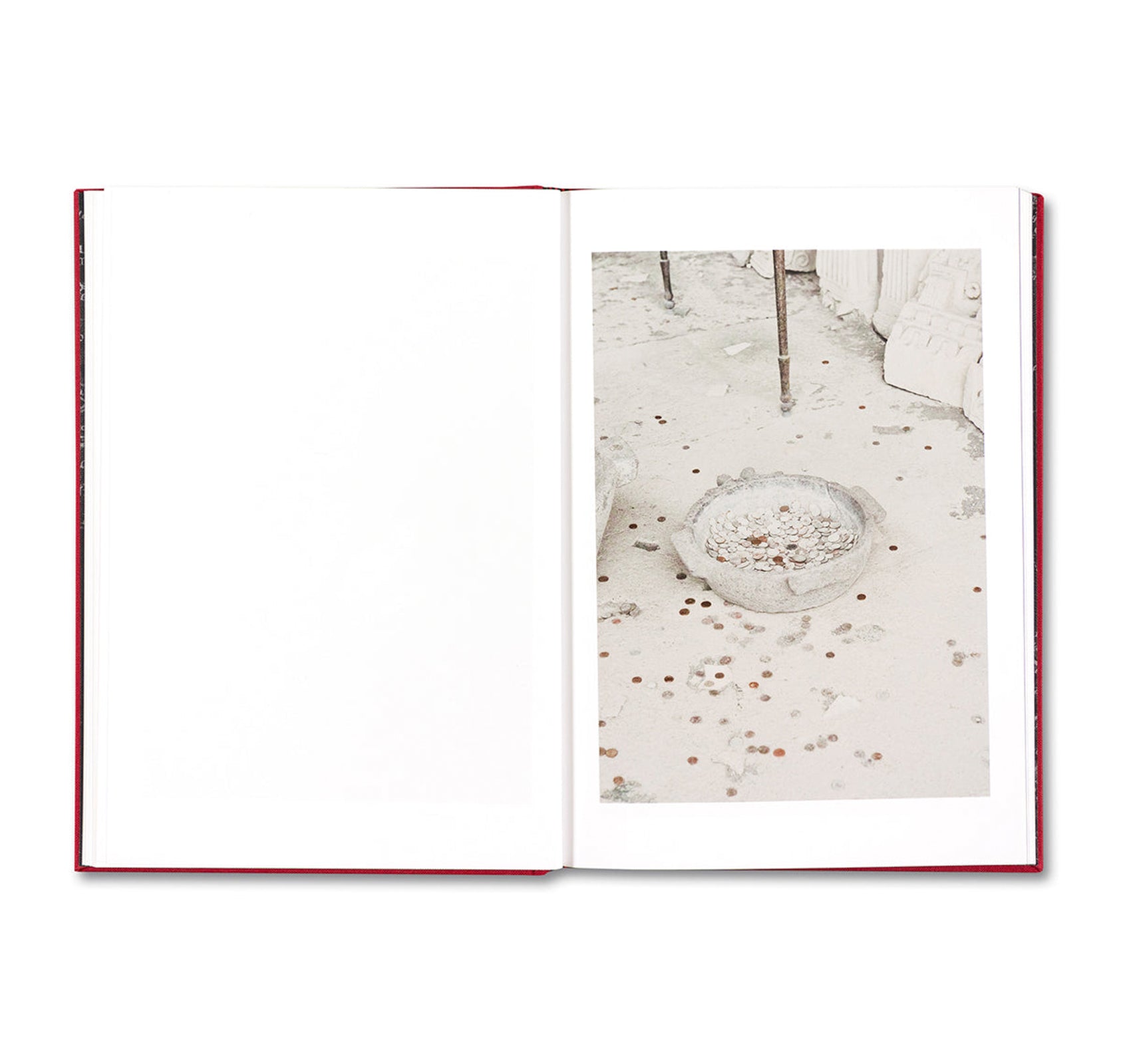
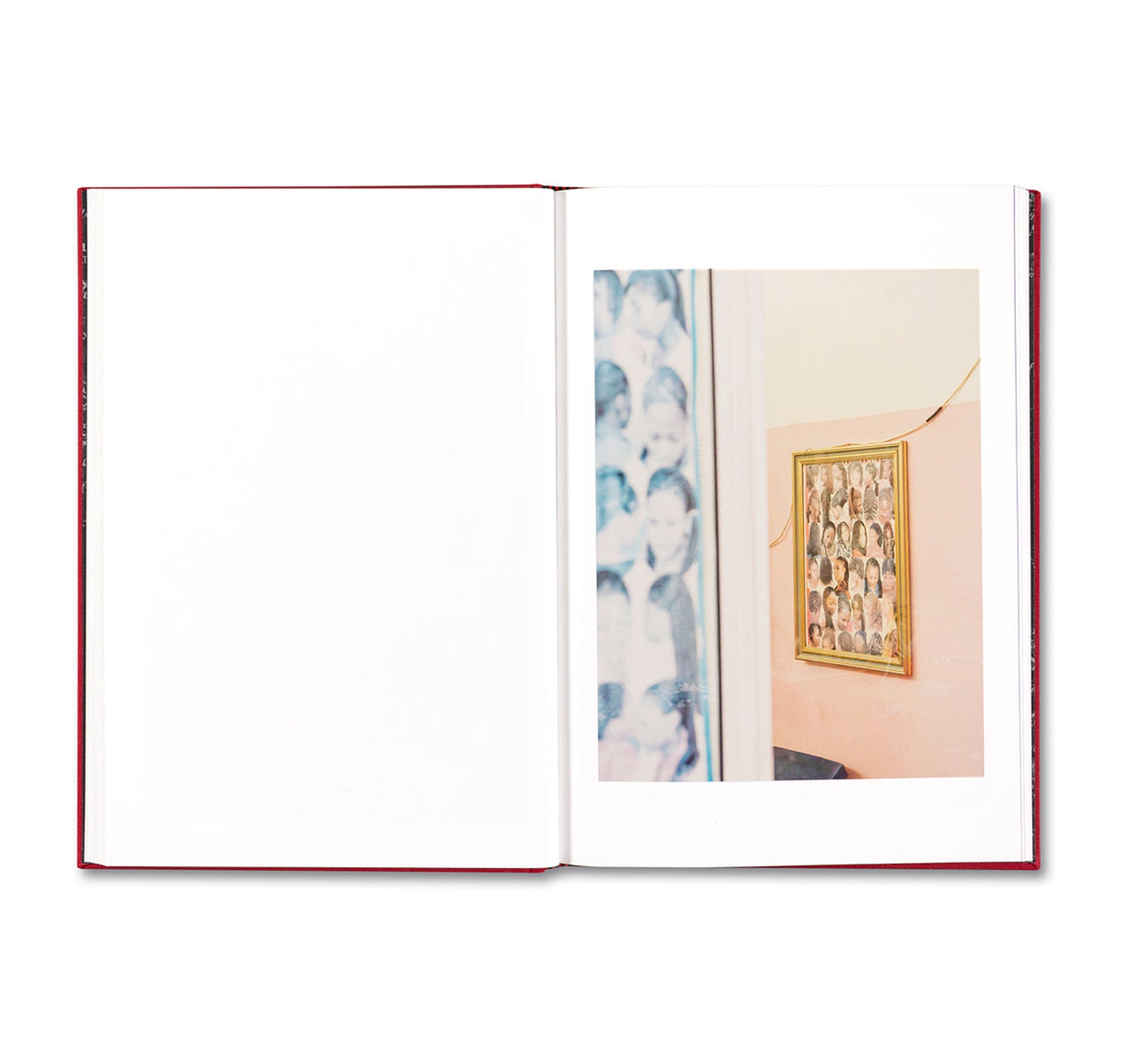
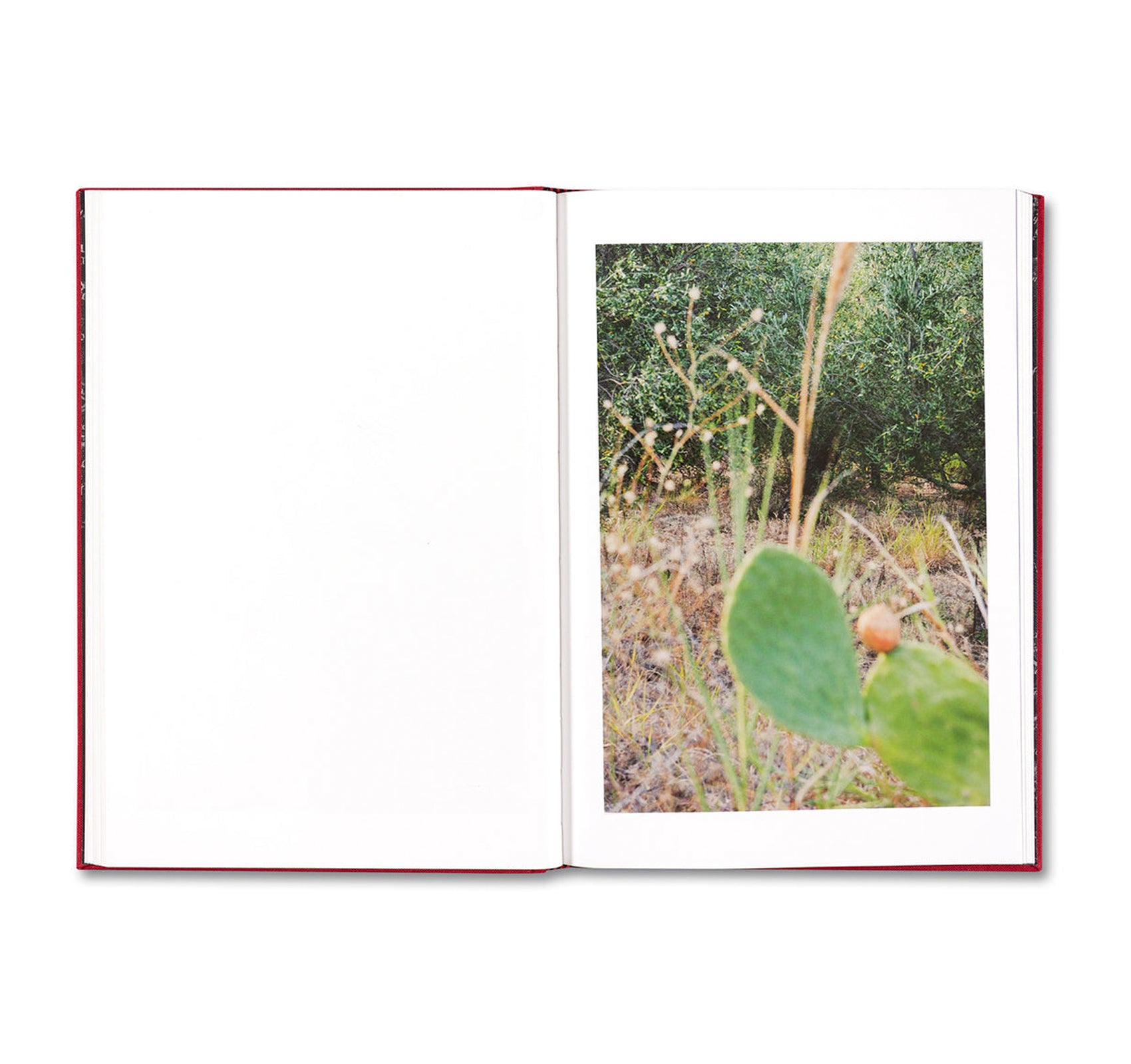
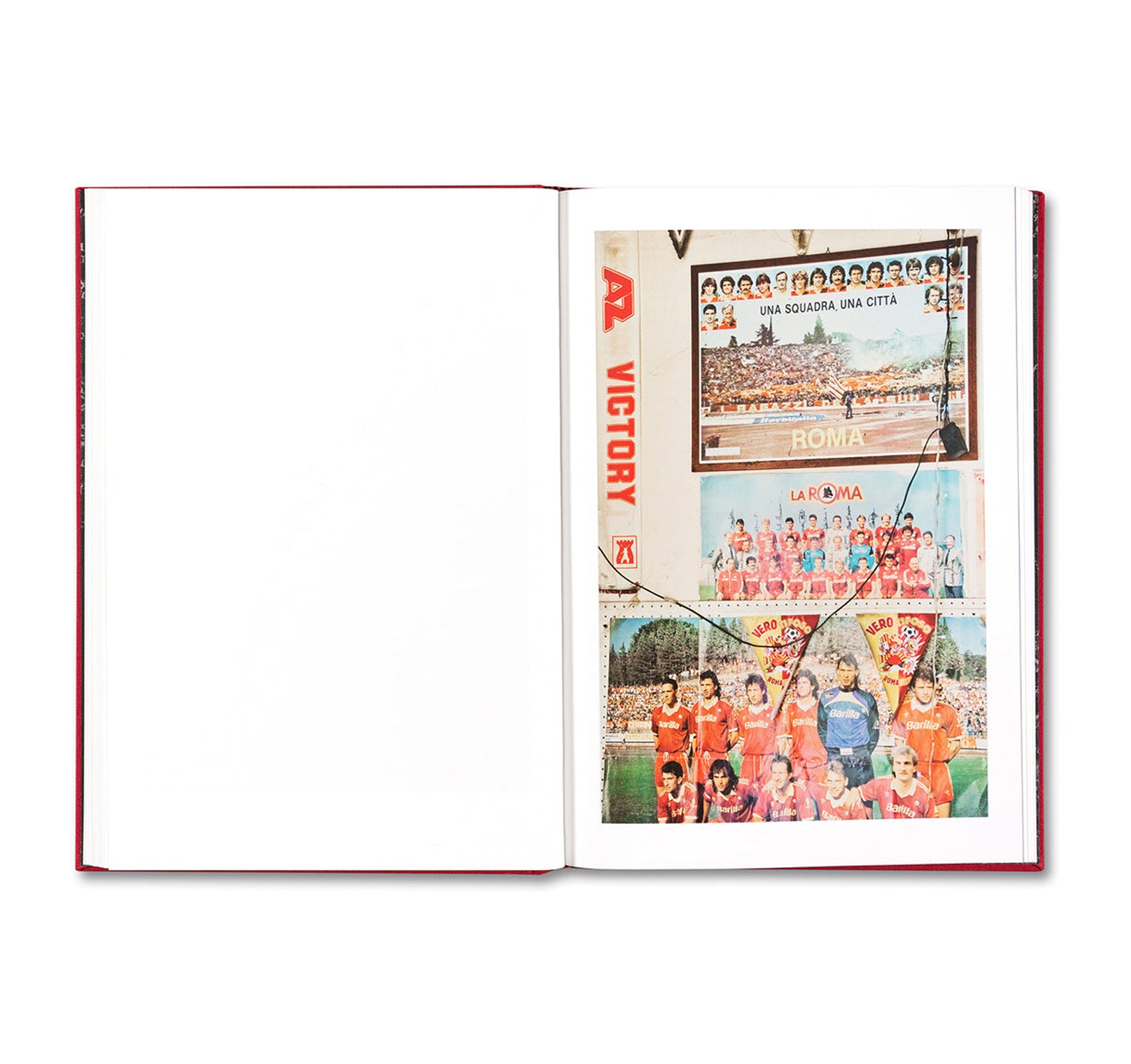
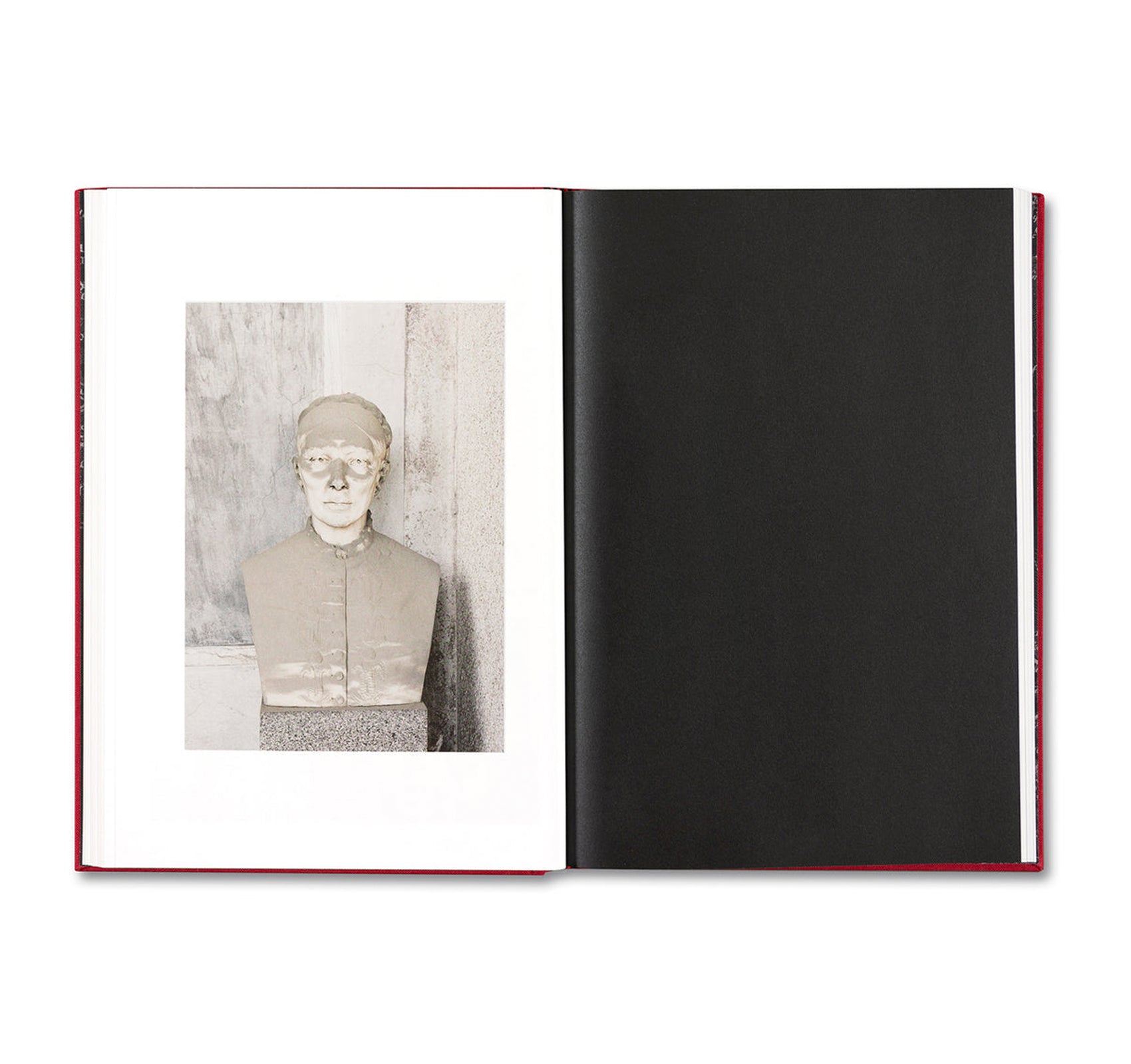
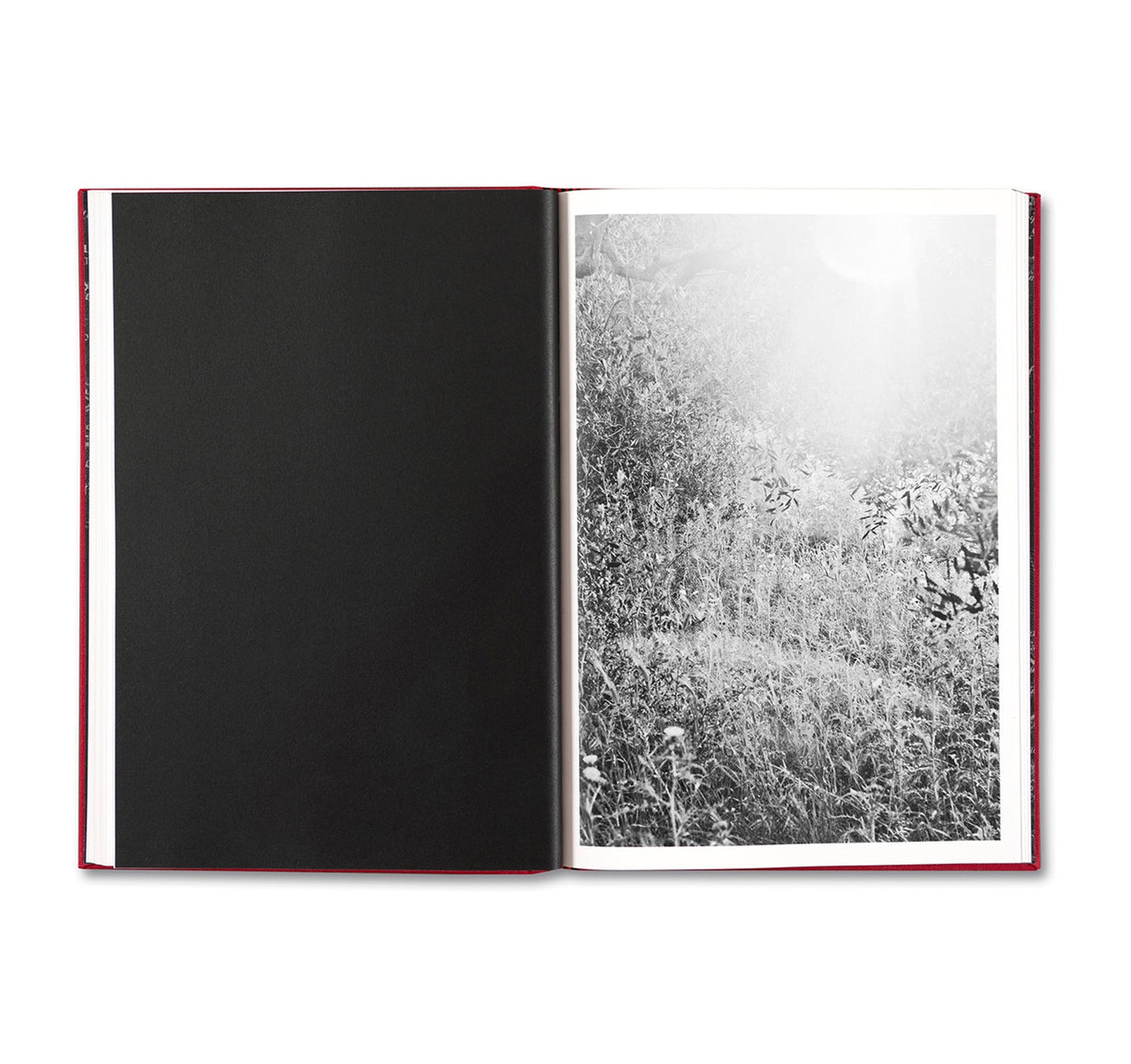
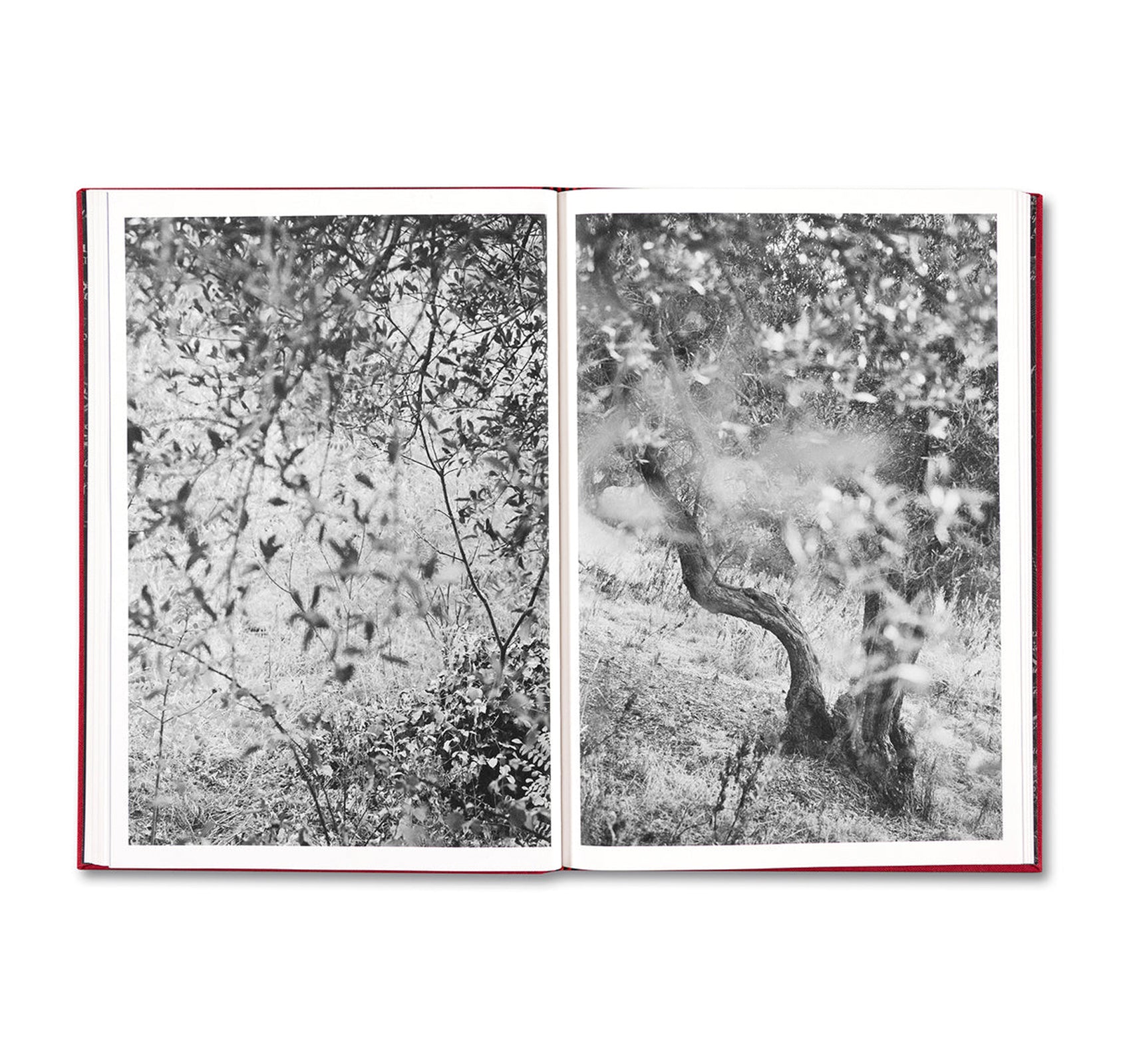
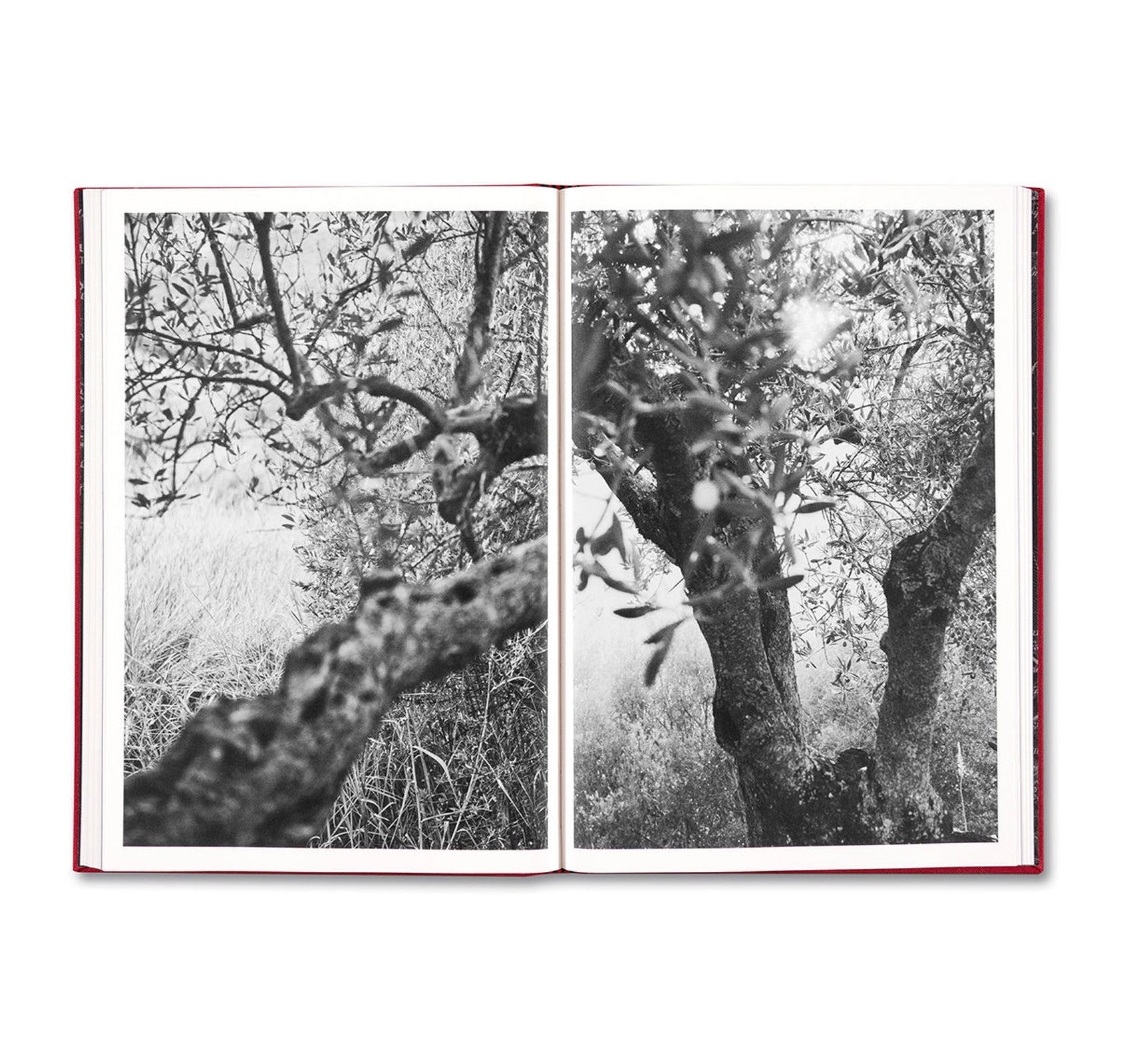
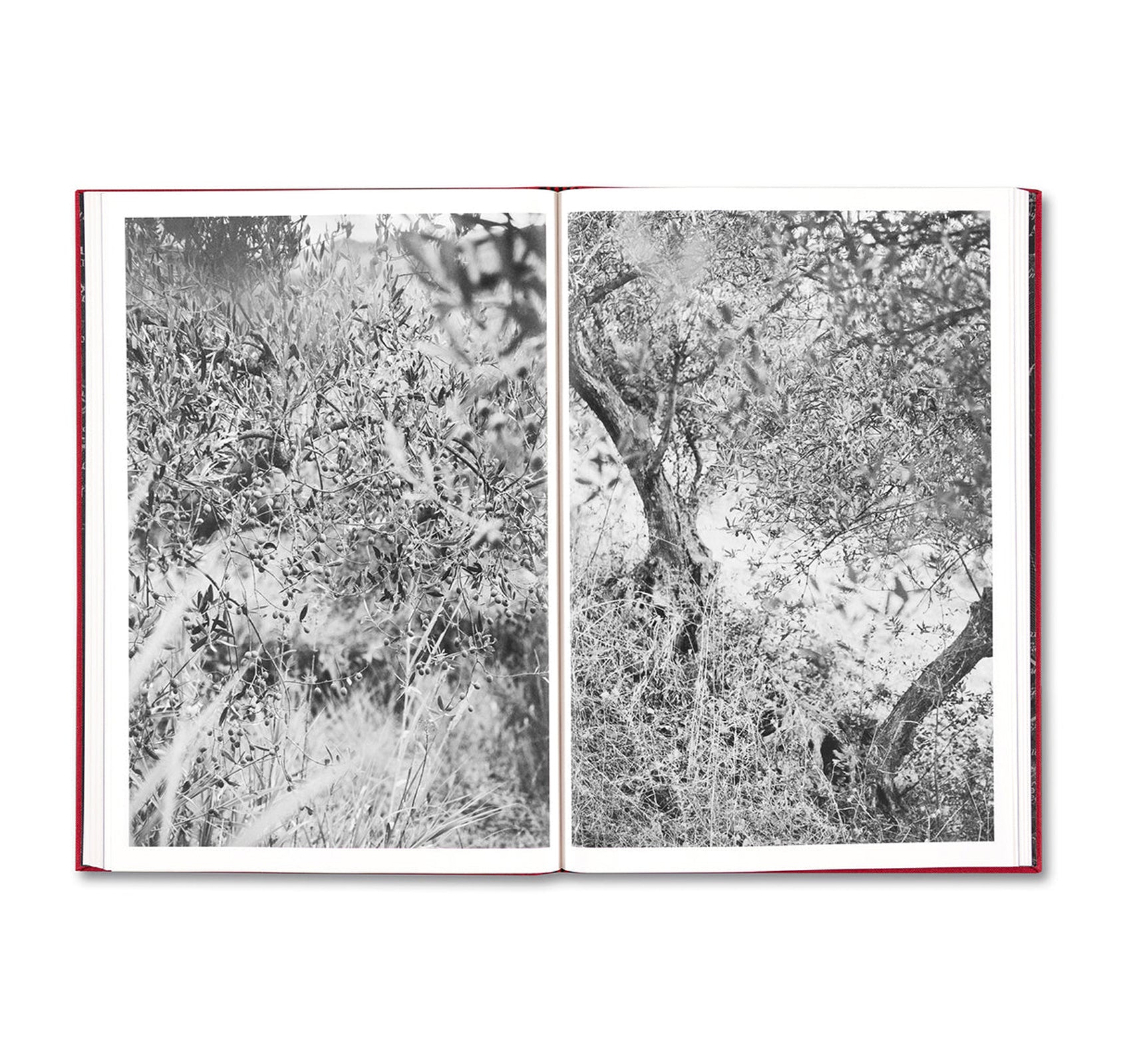
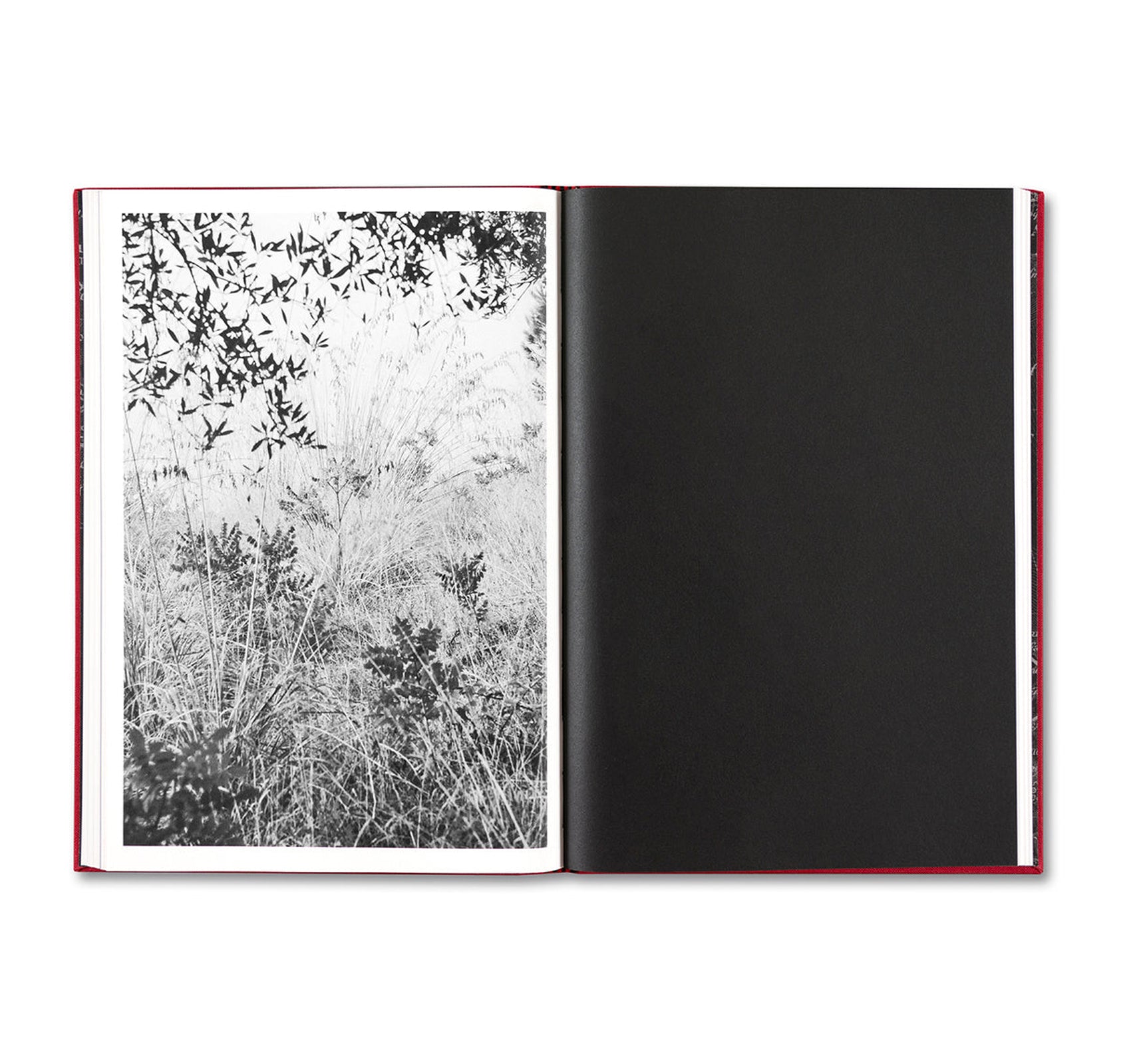
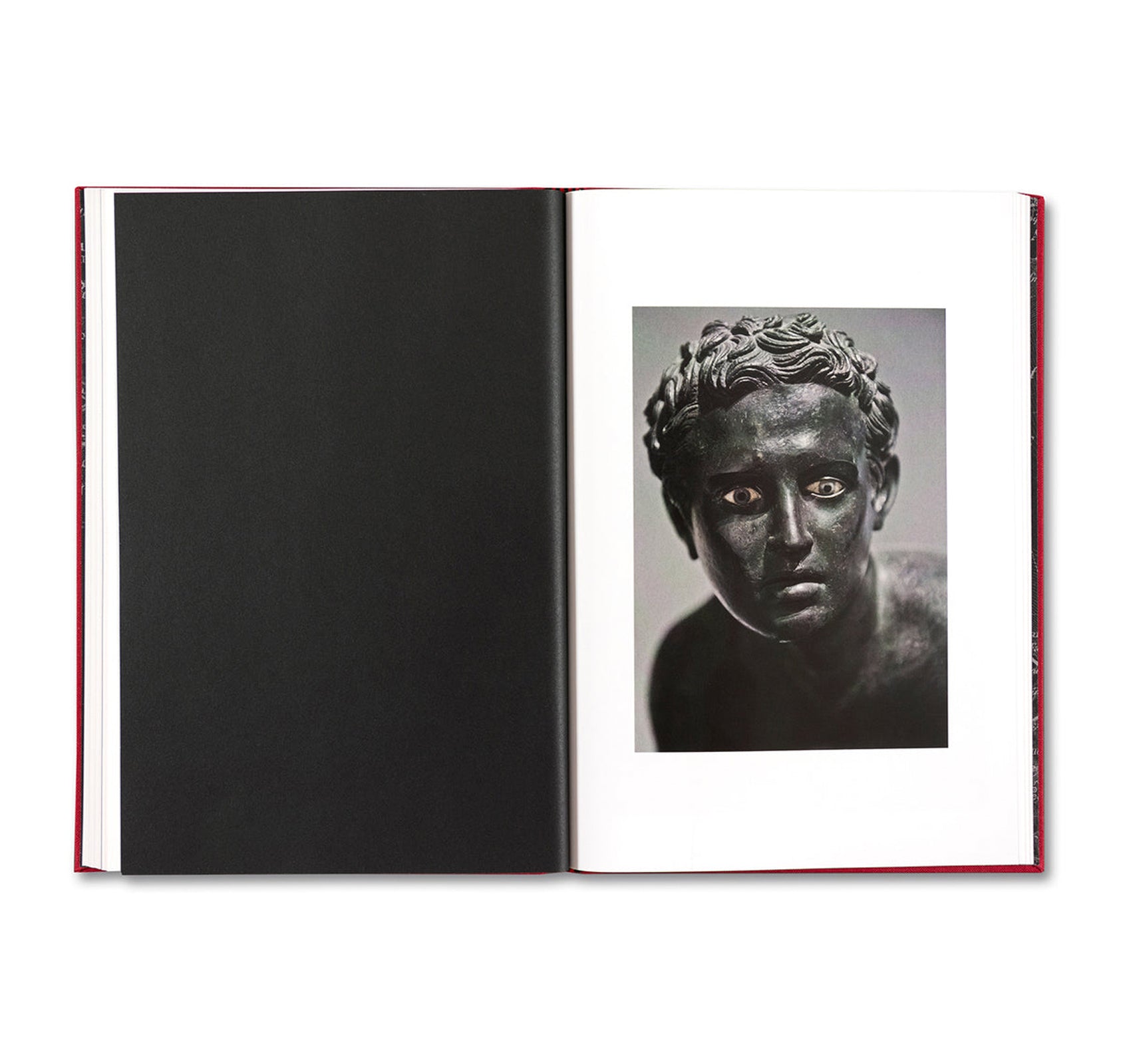
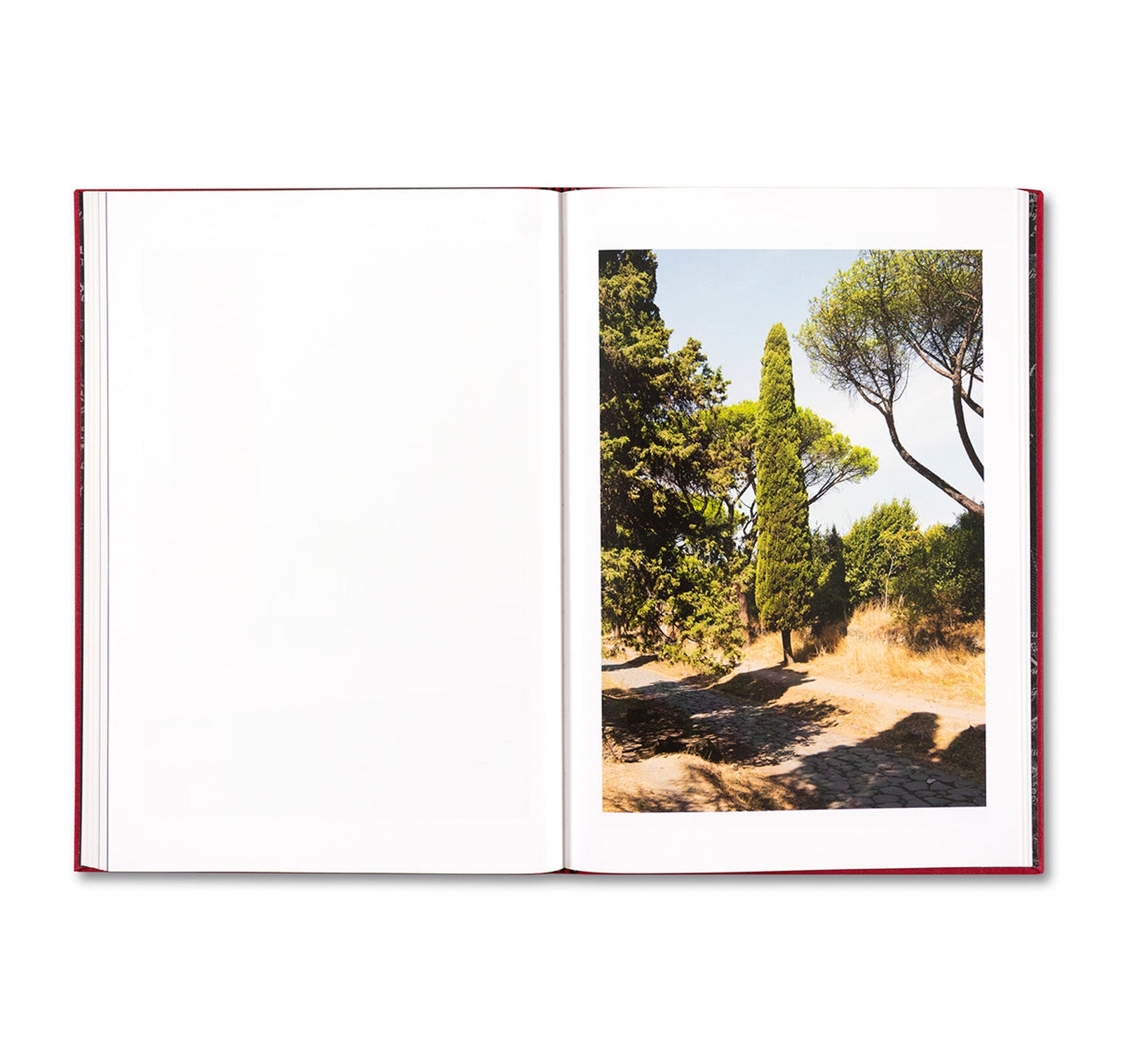
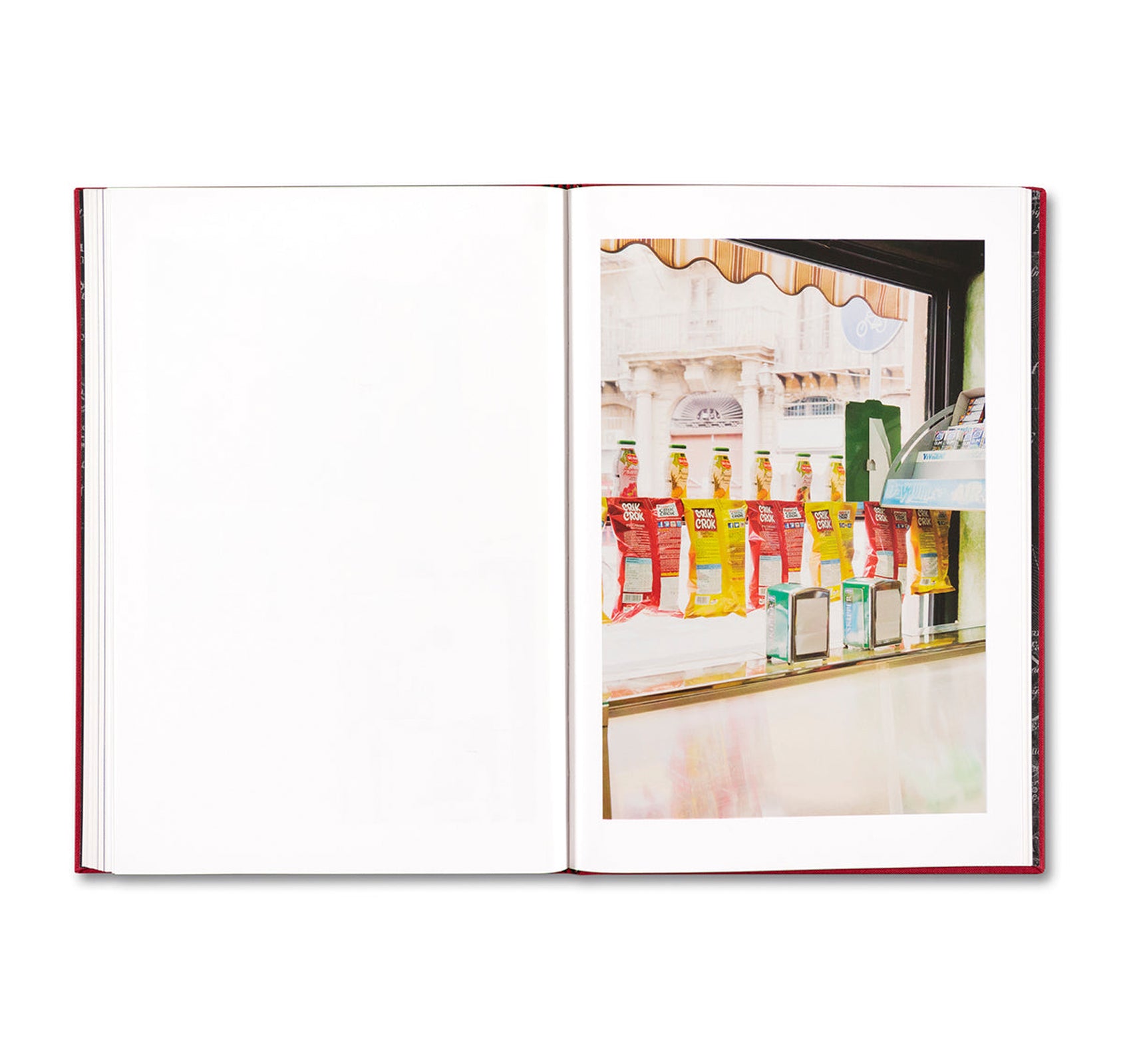
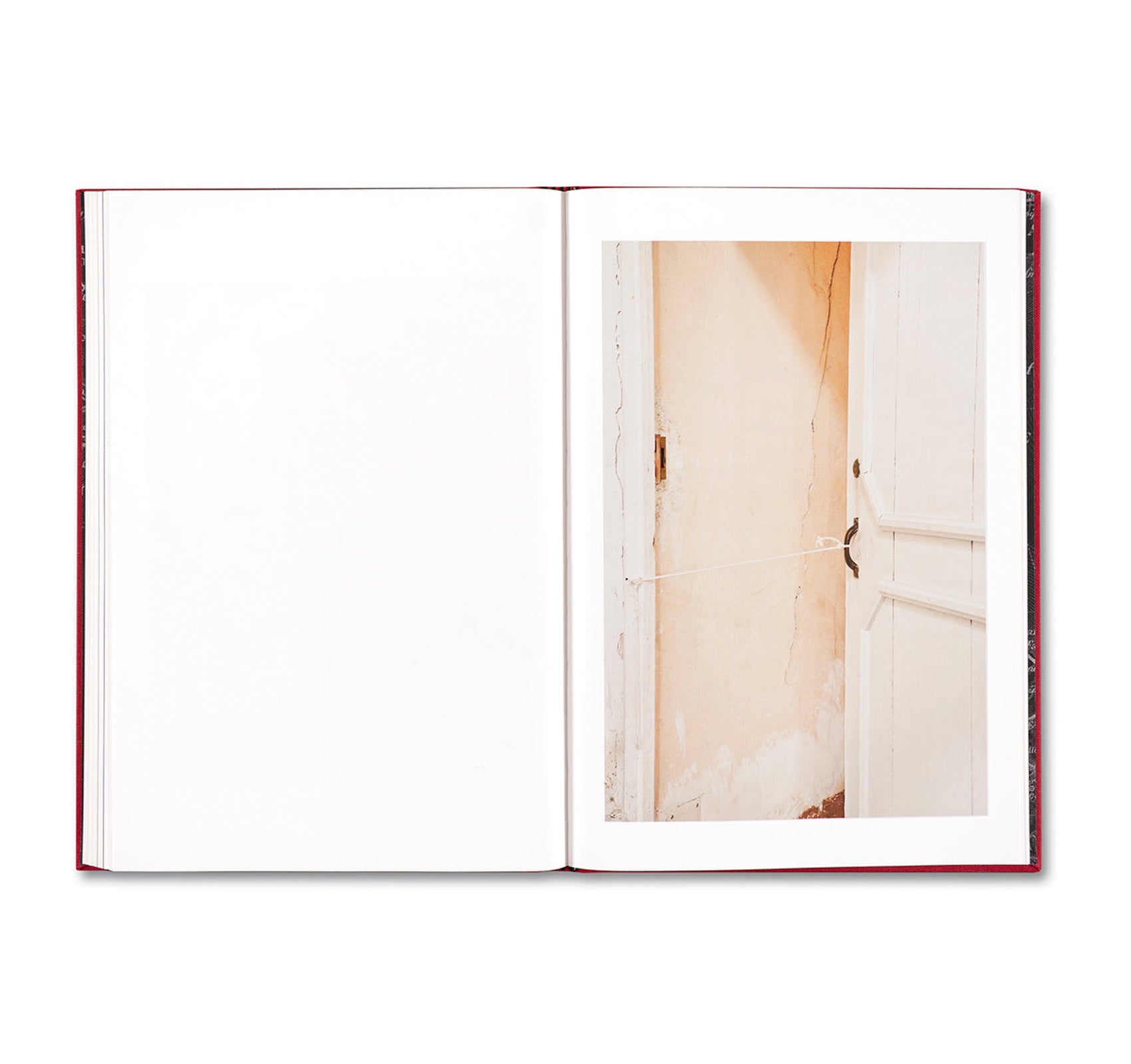
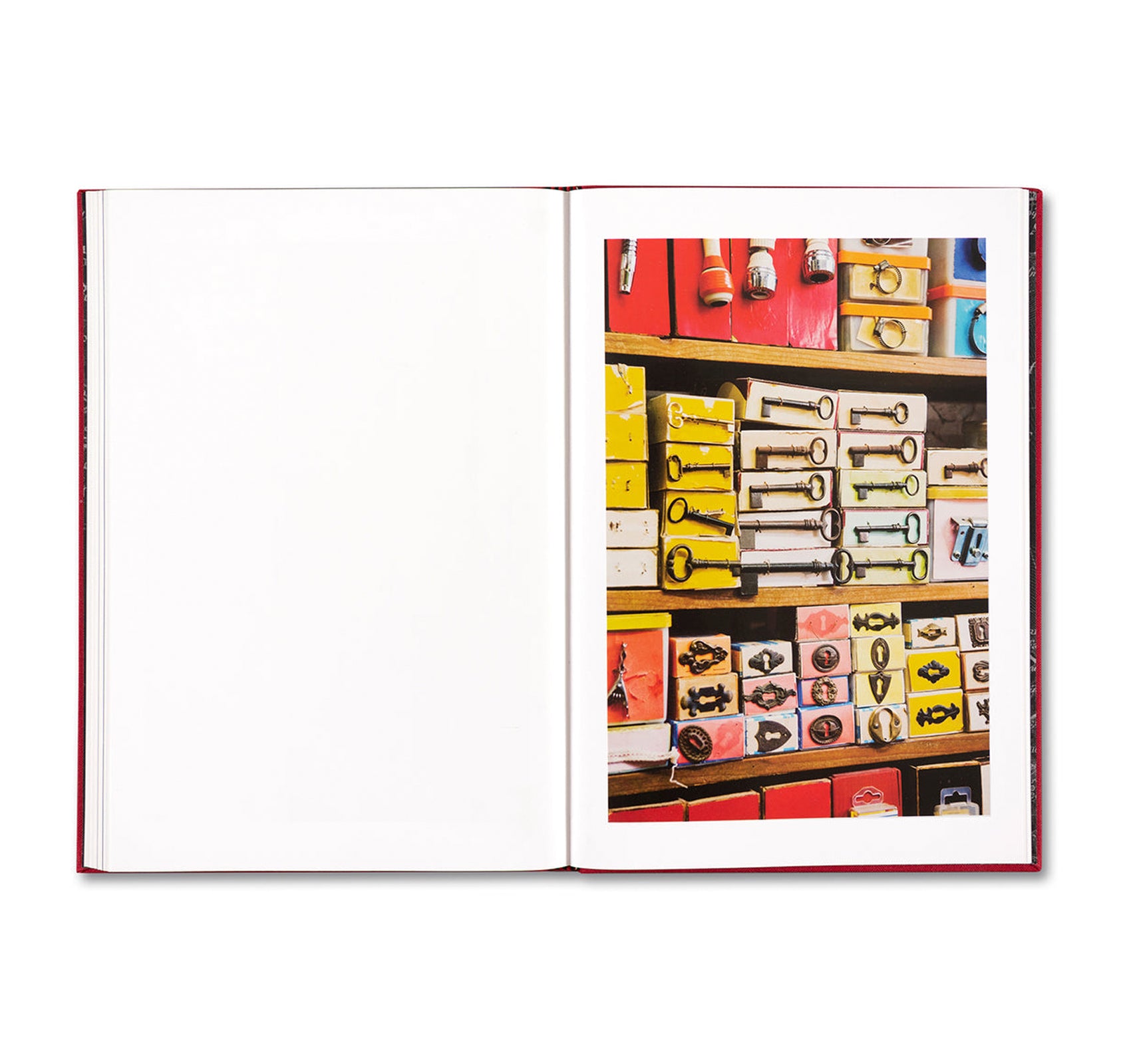
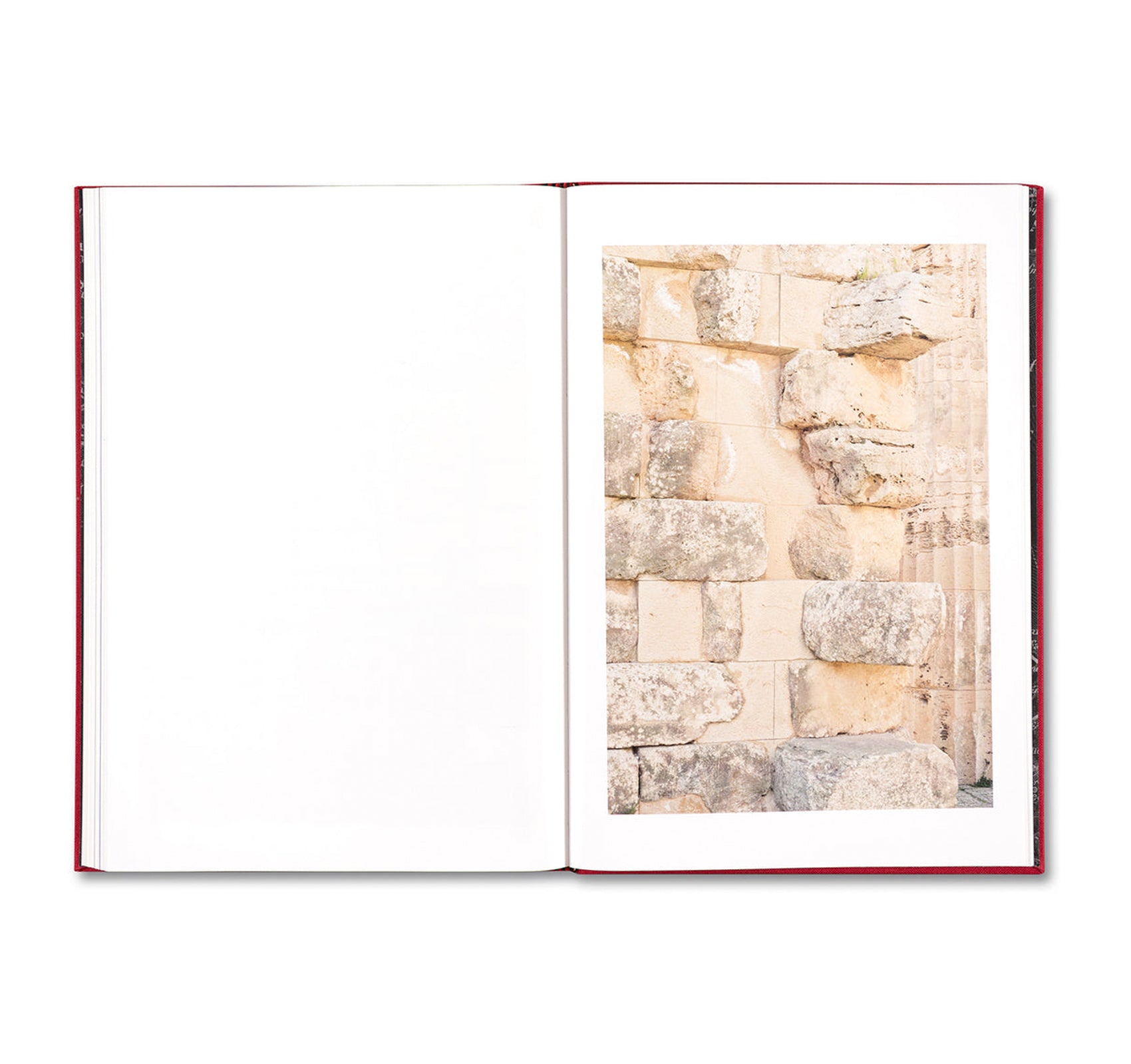
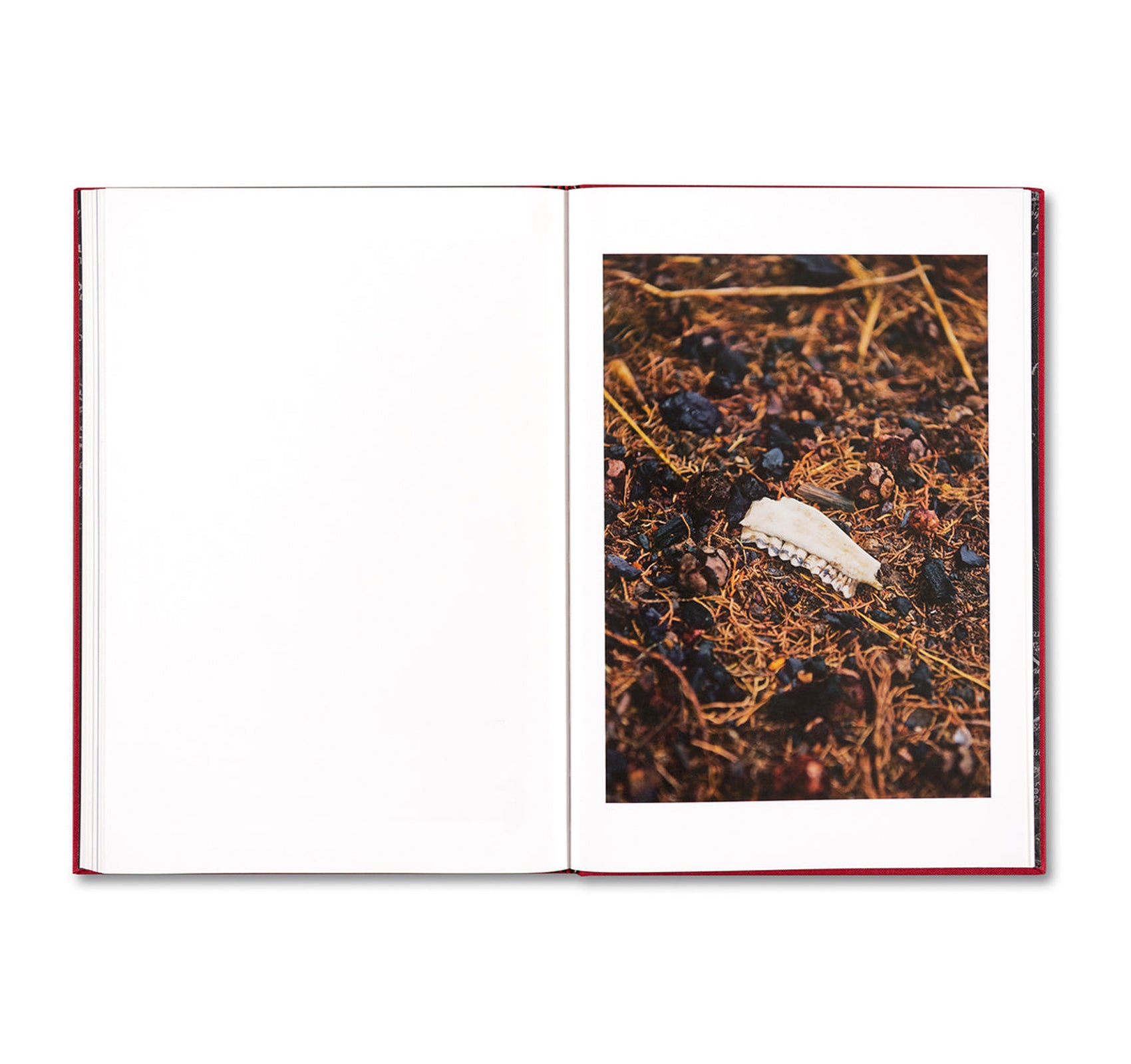
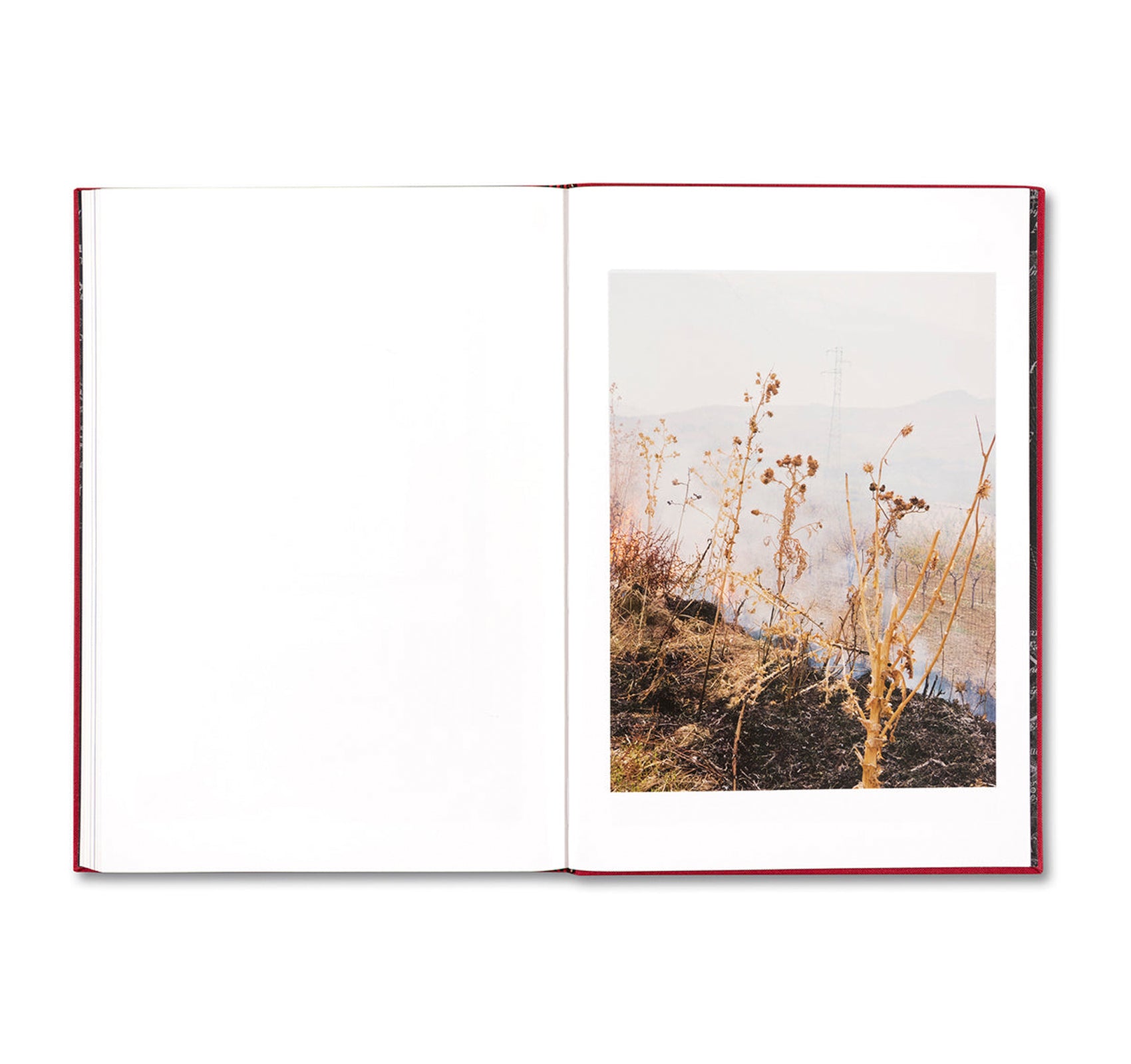
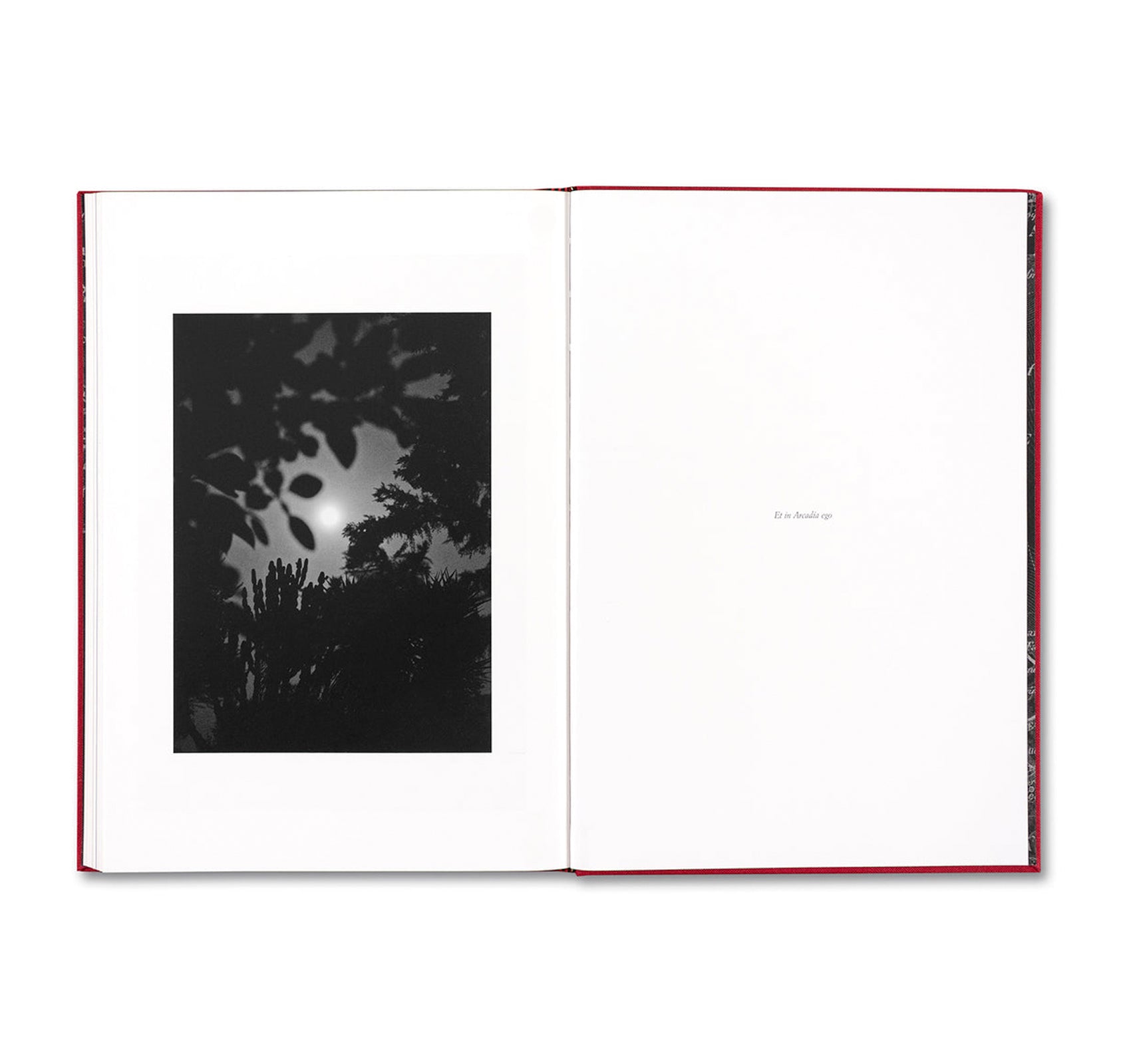
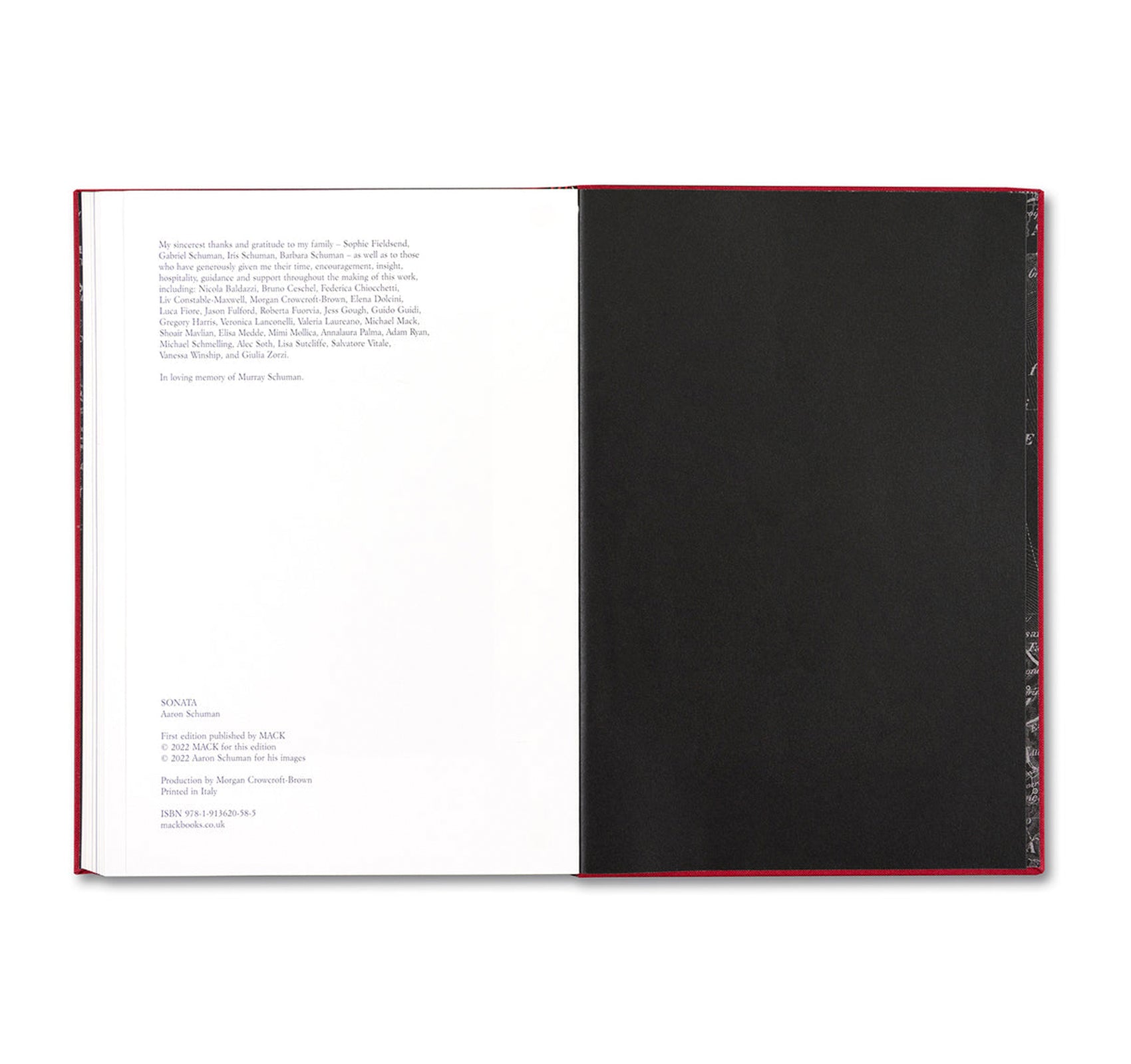
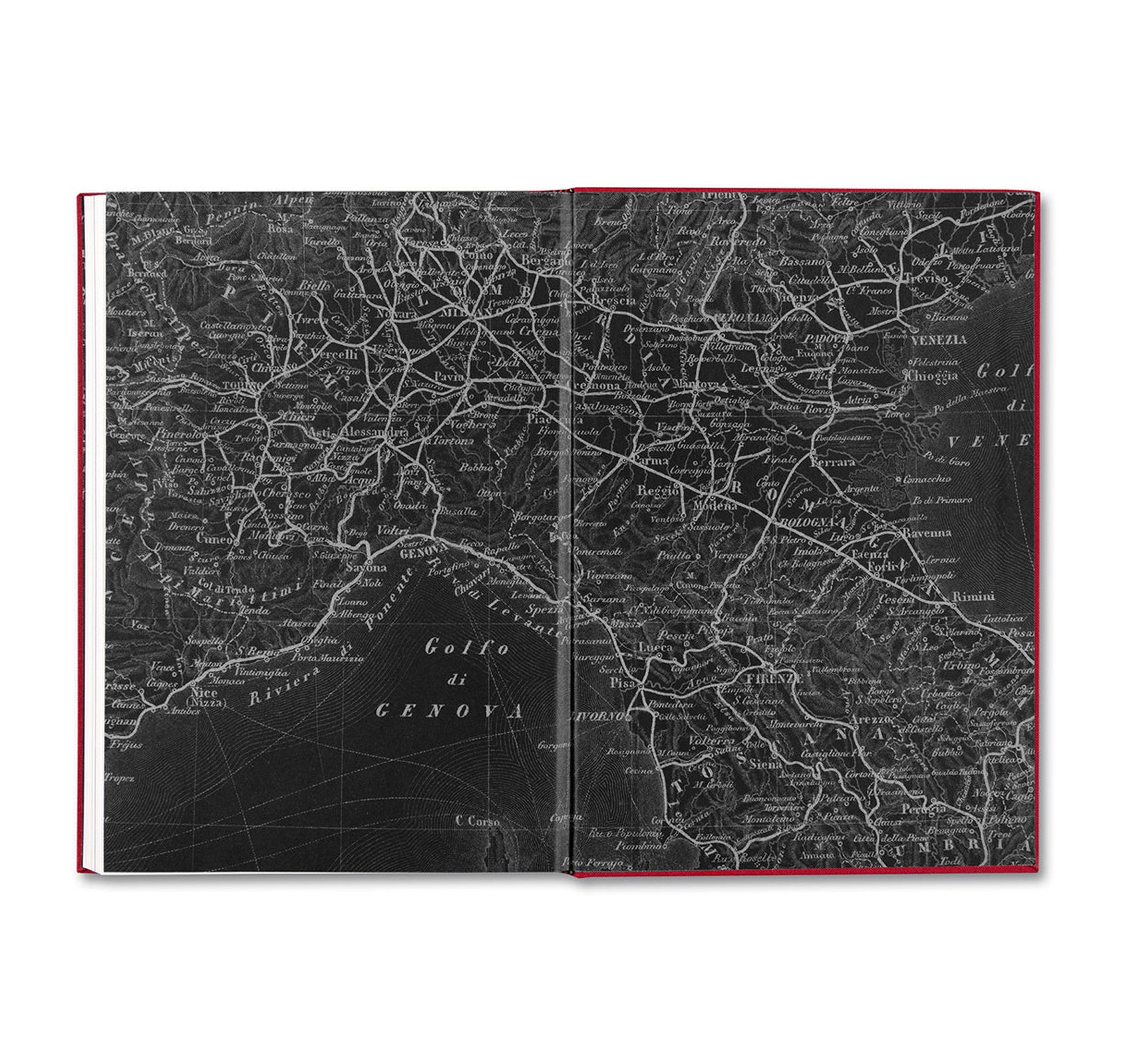
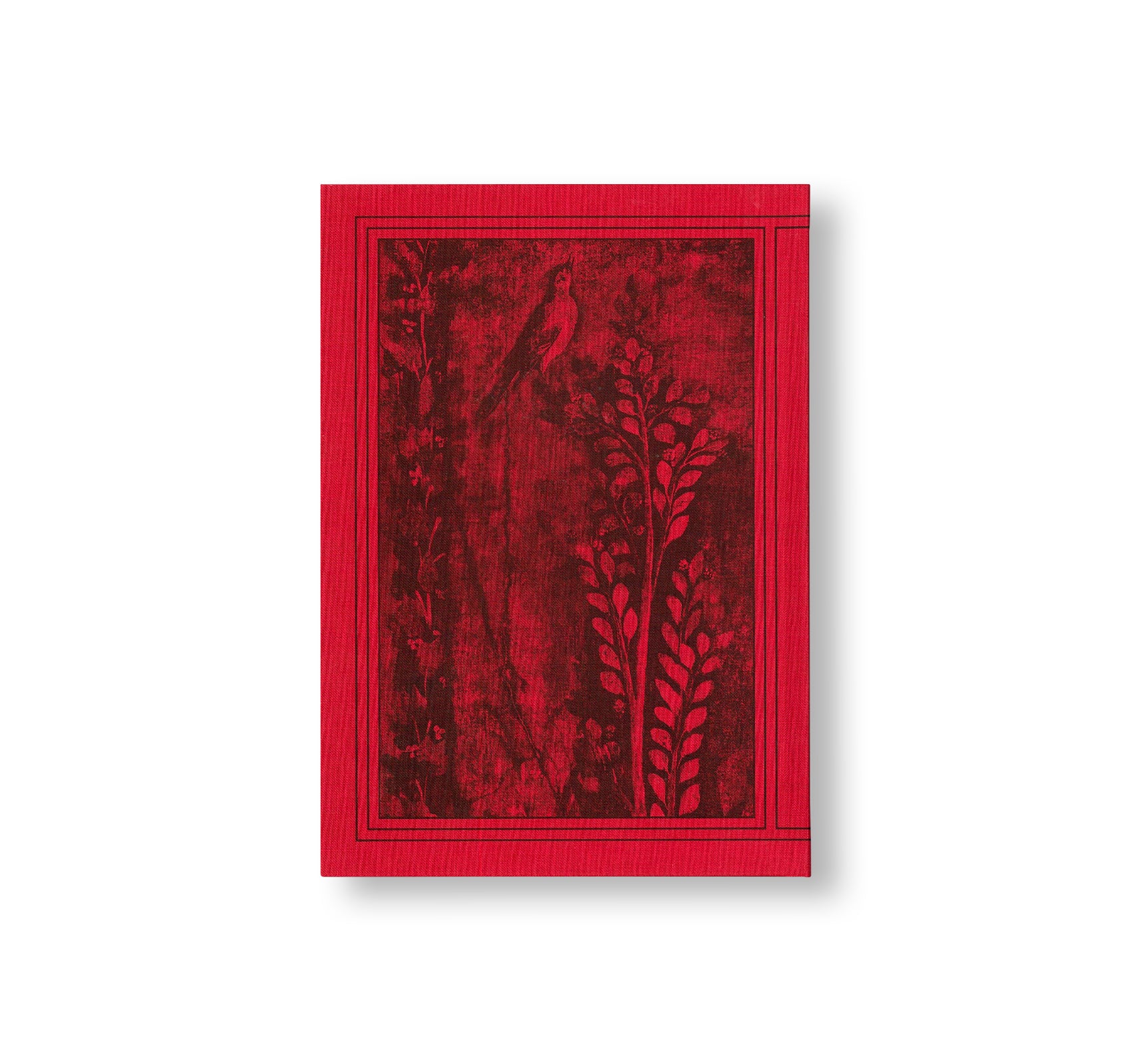
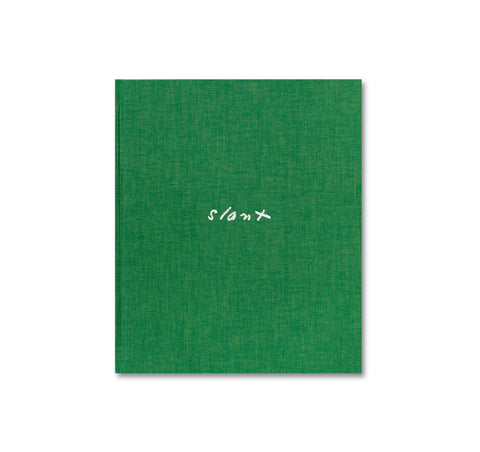
![FOLK by Aaron Schuman [SIGNED]](http://twelve-books.com/cdn/shop/products/170308_03526_large.jpg?v=1571703901)